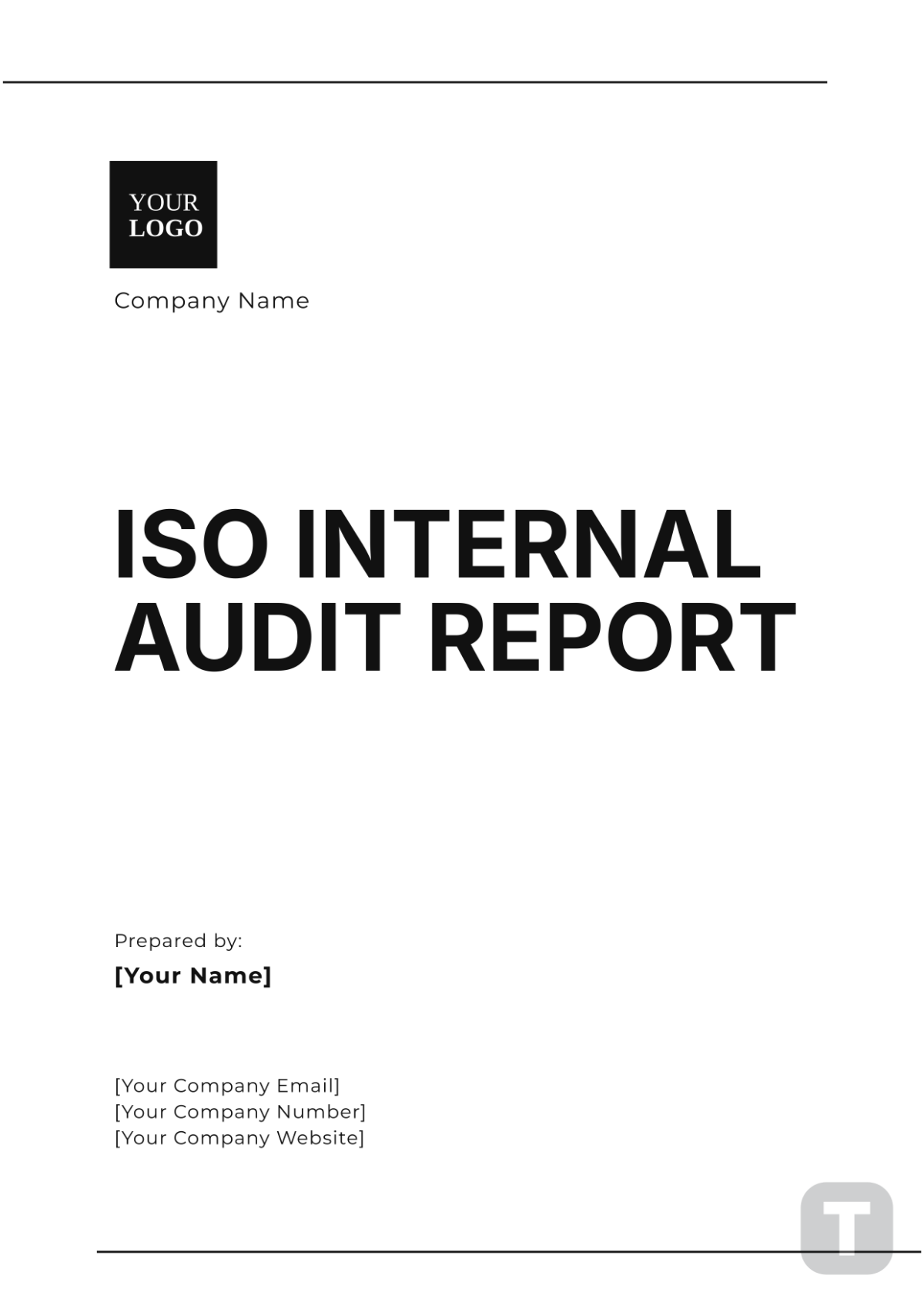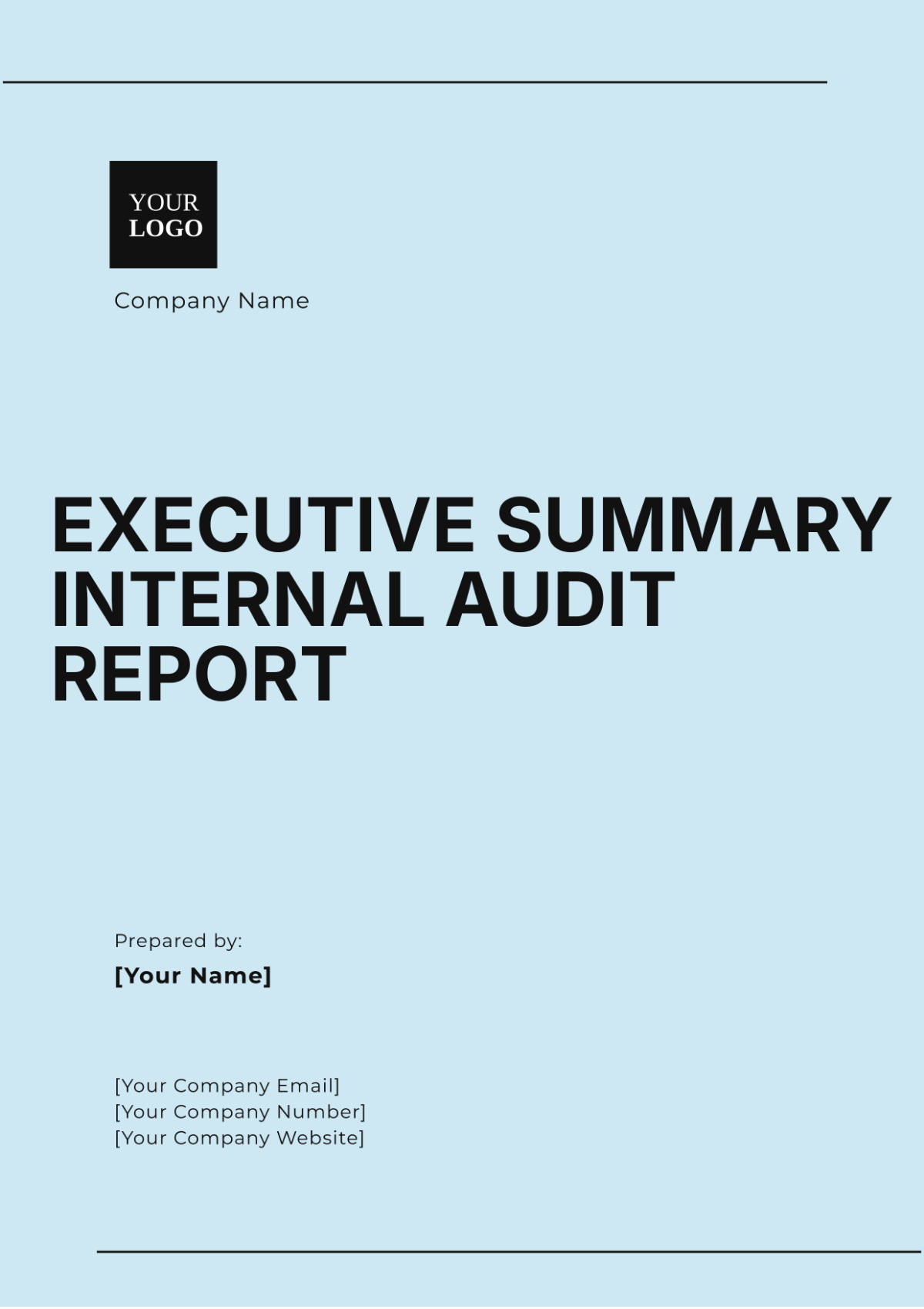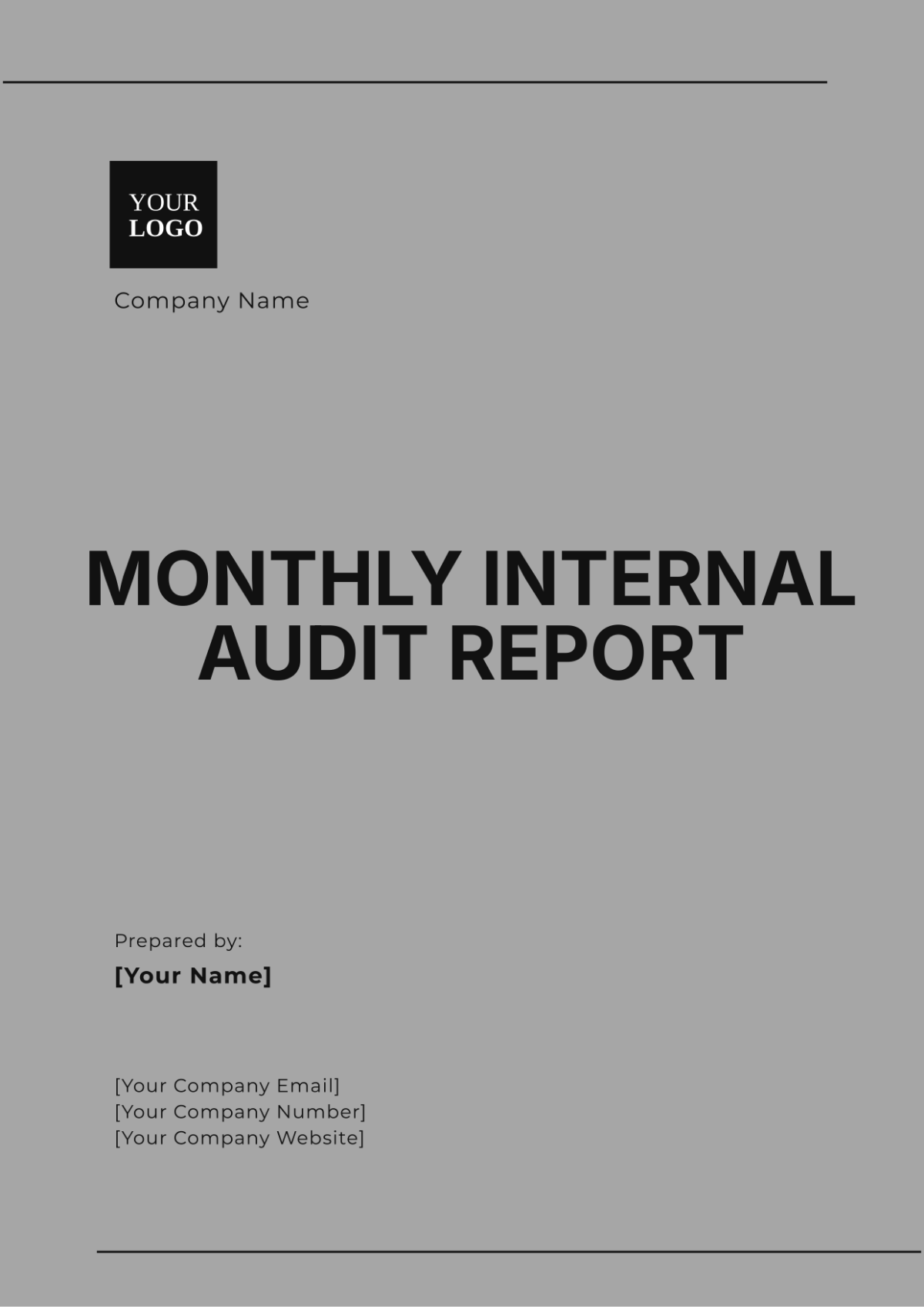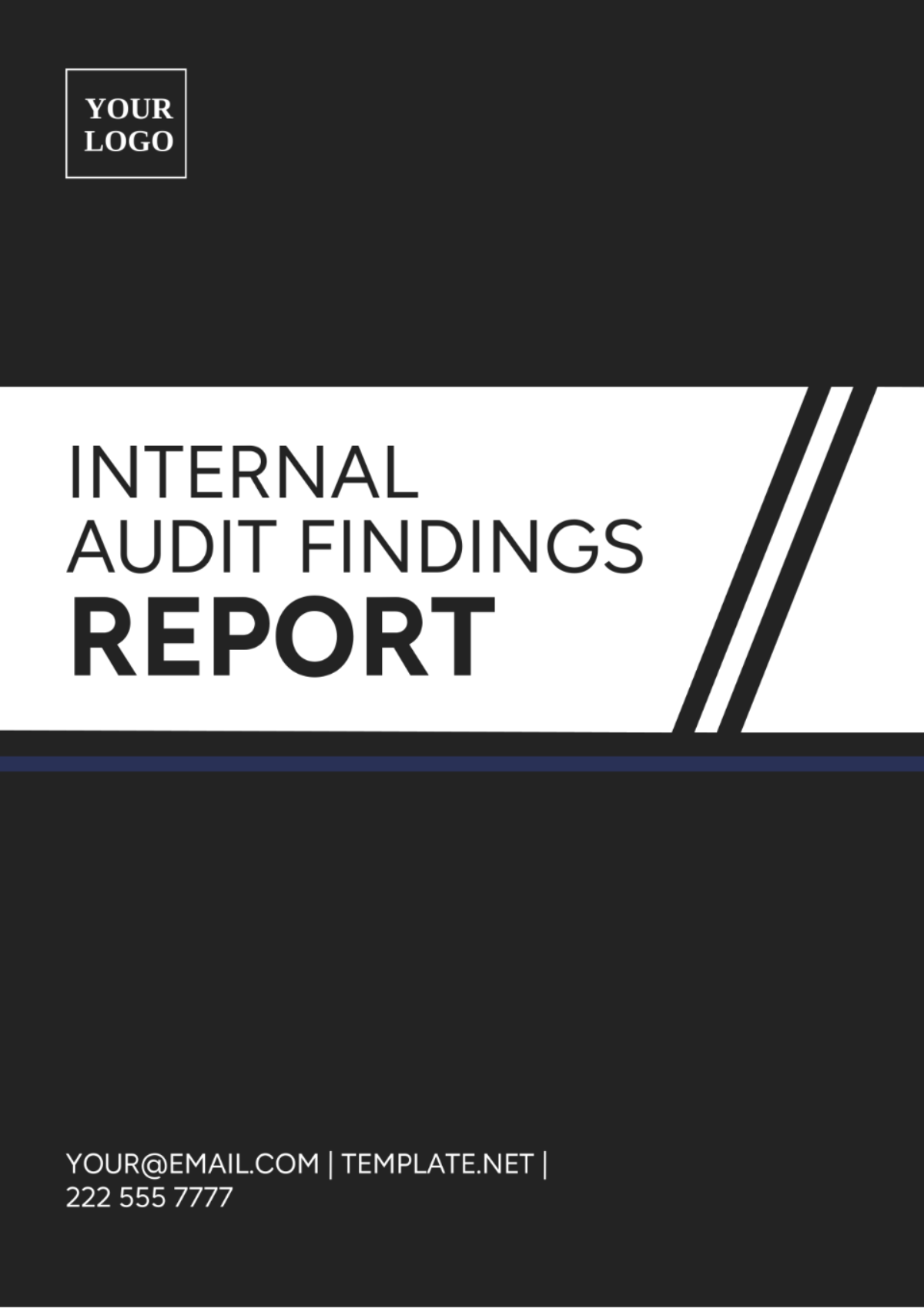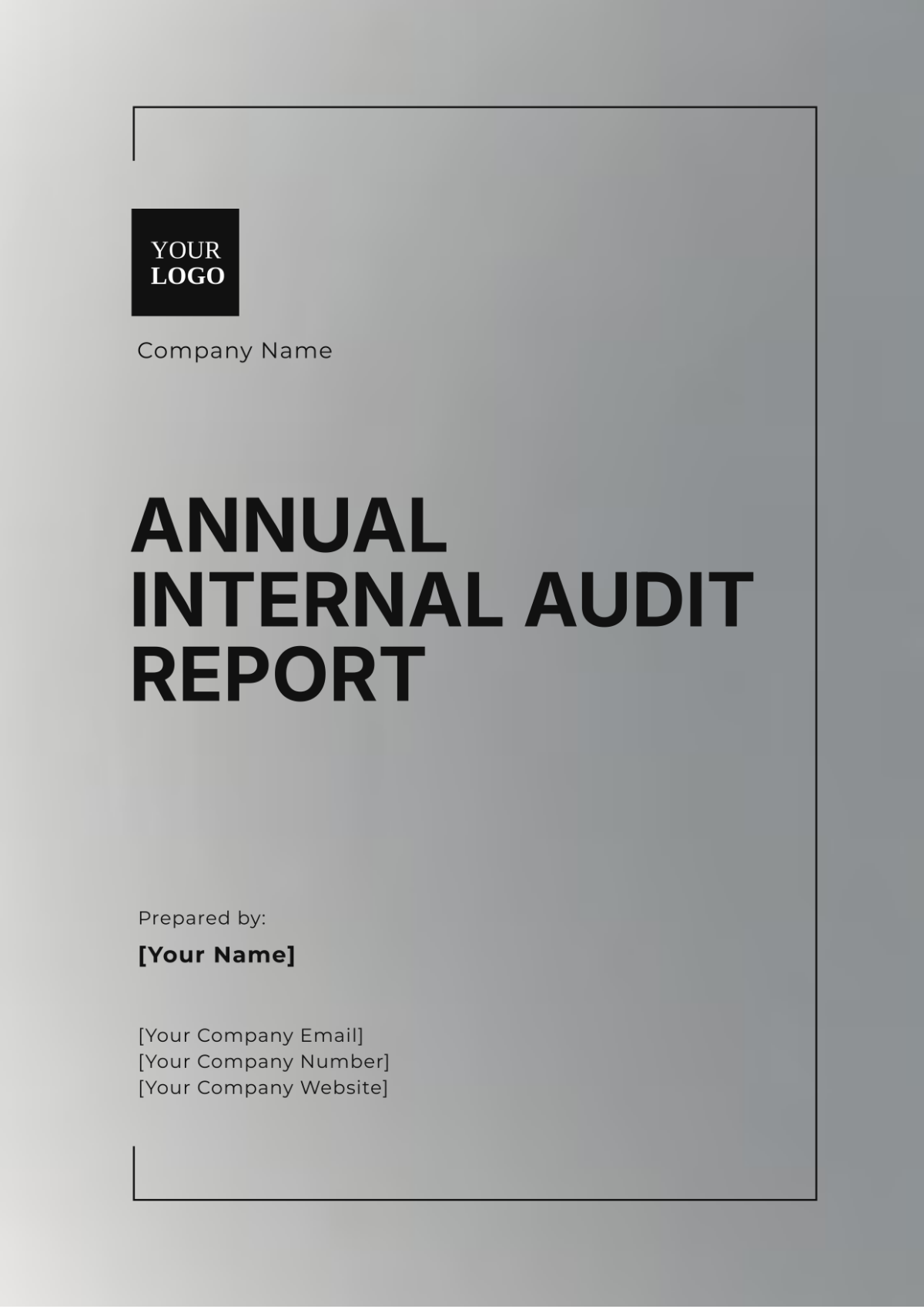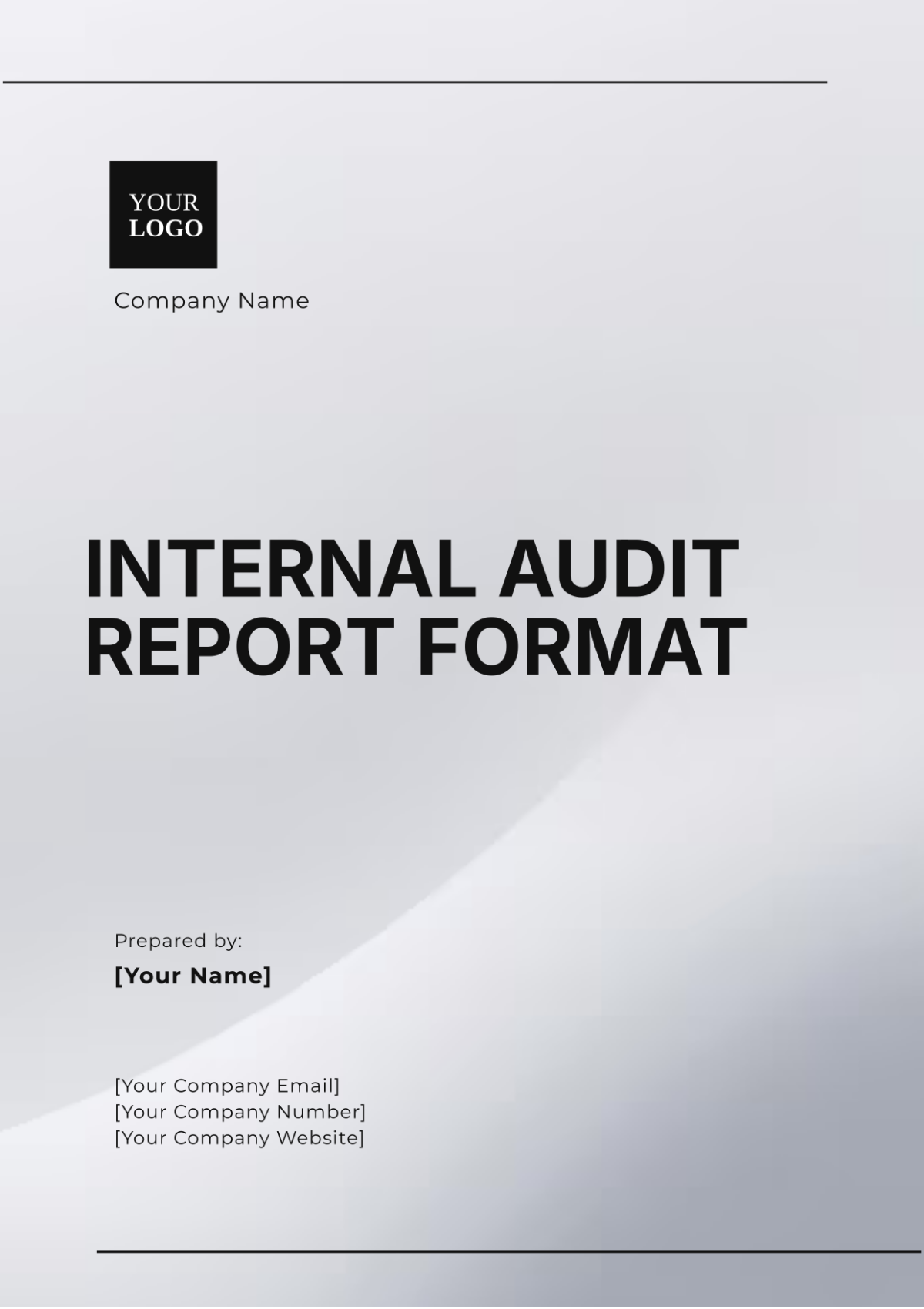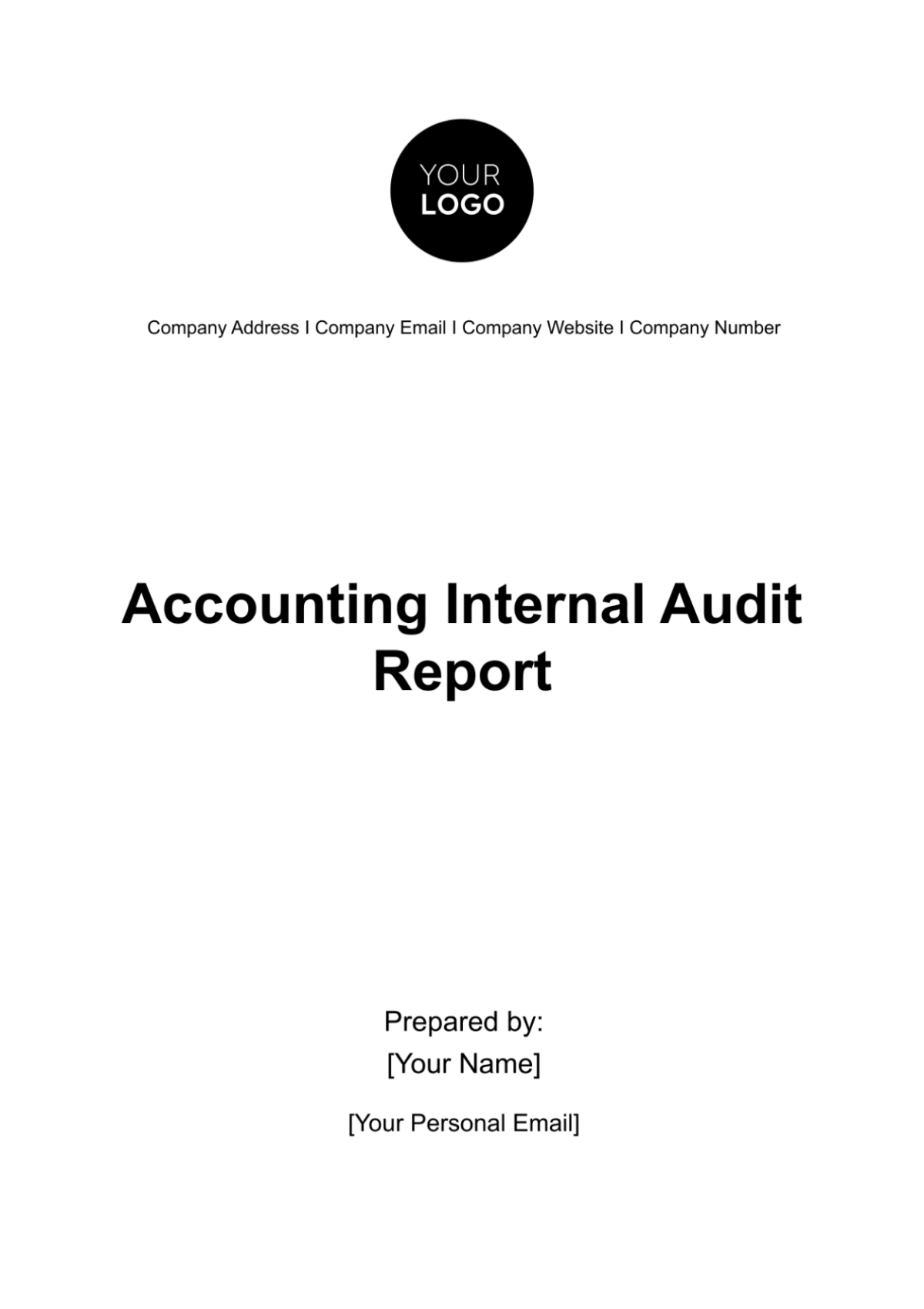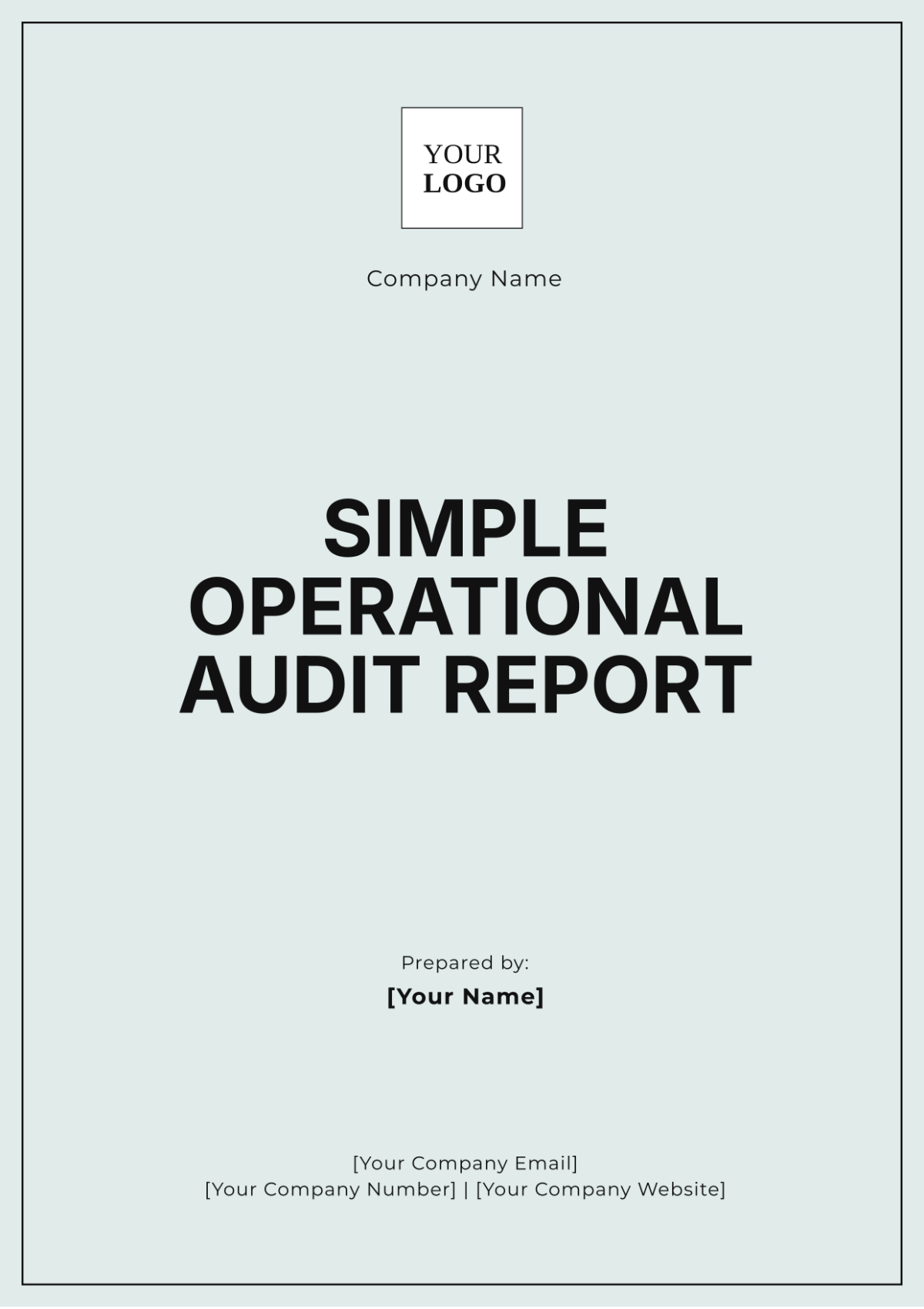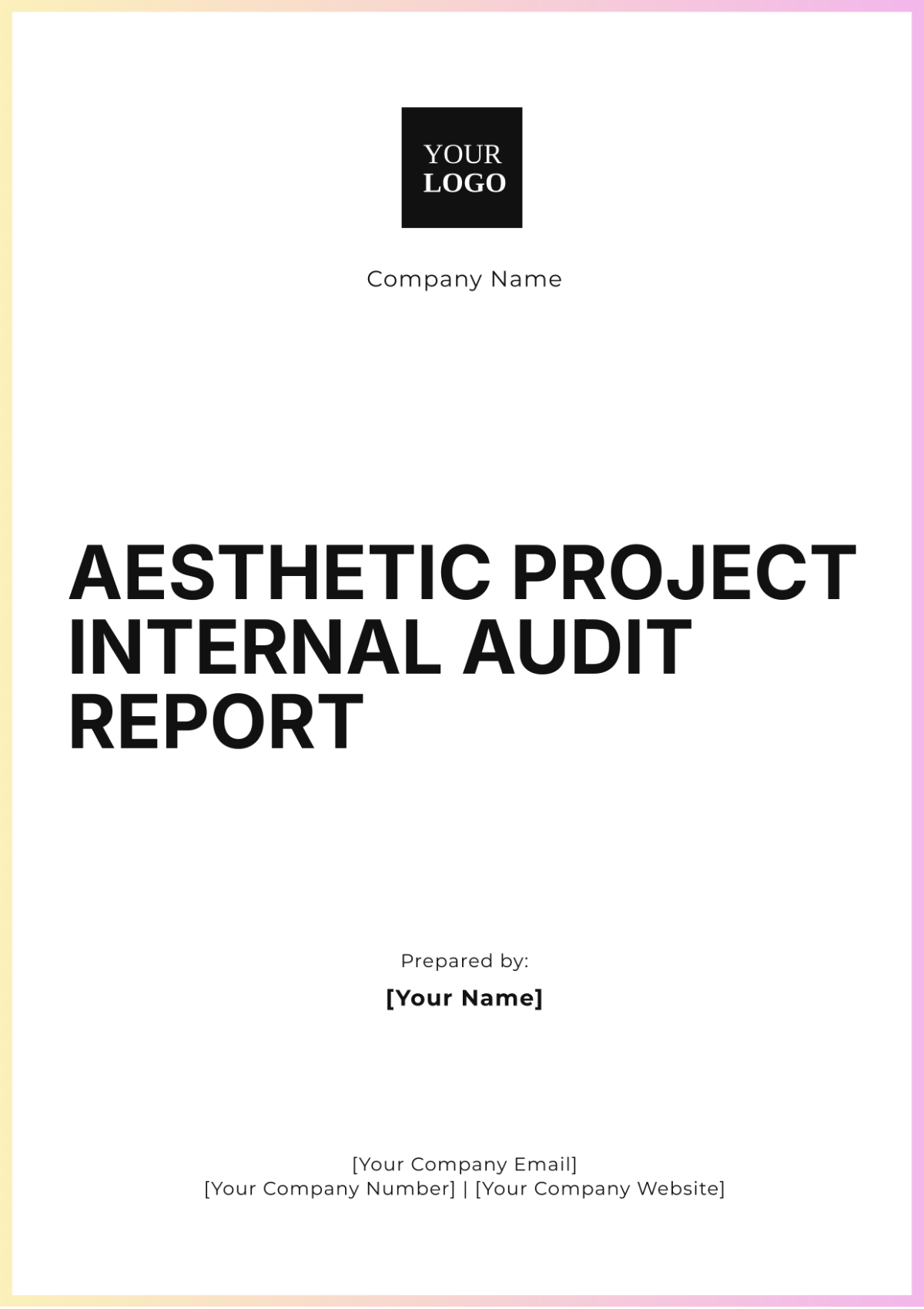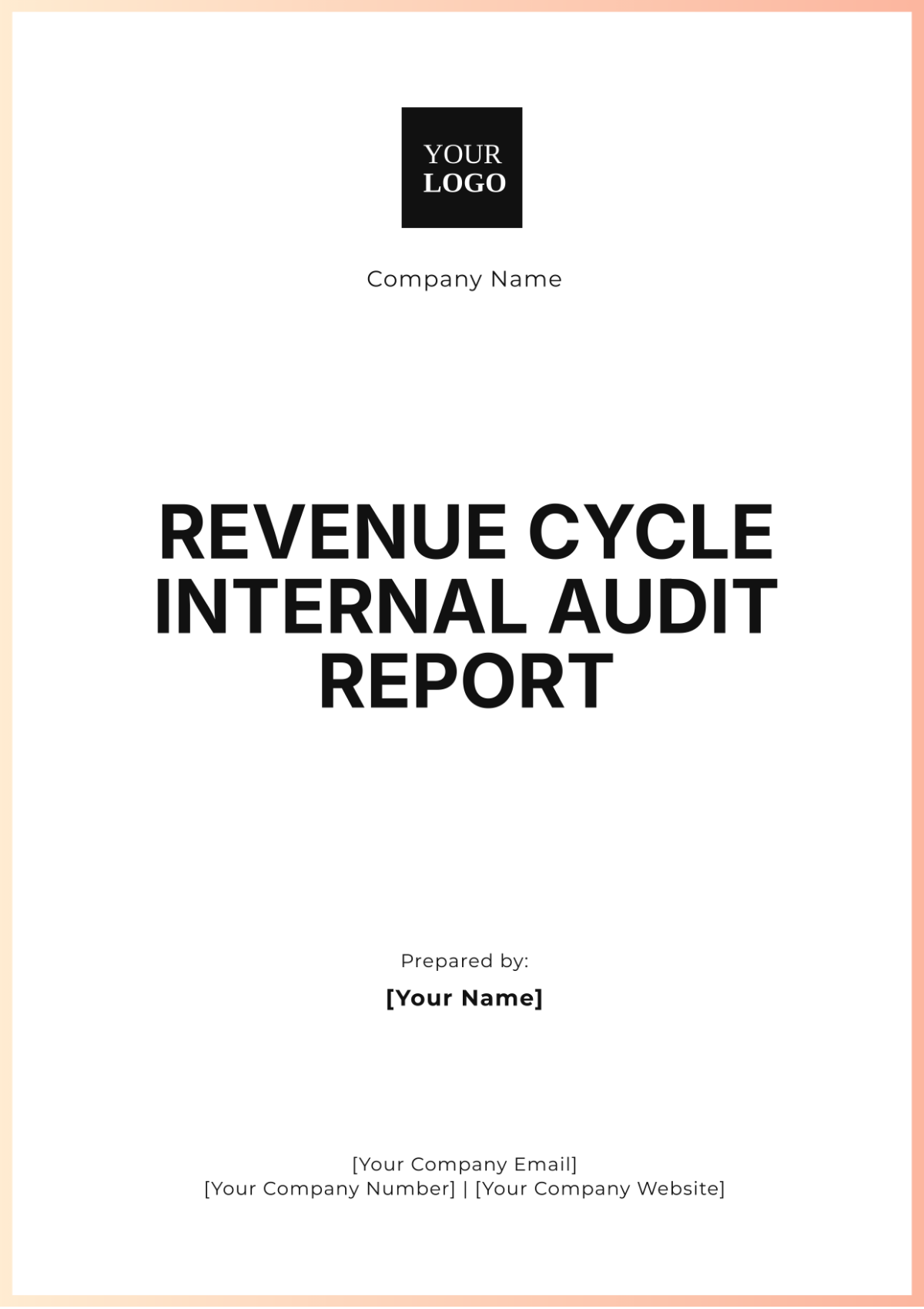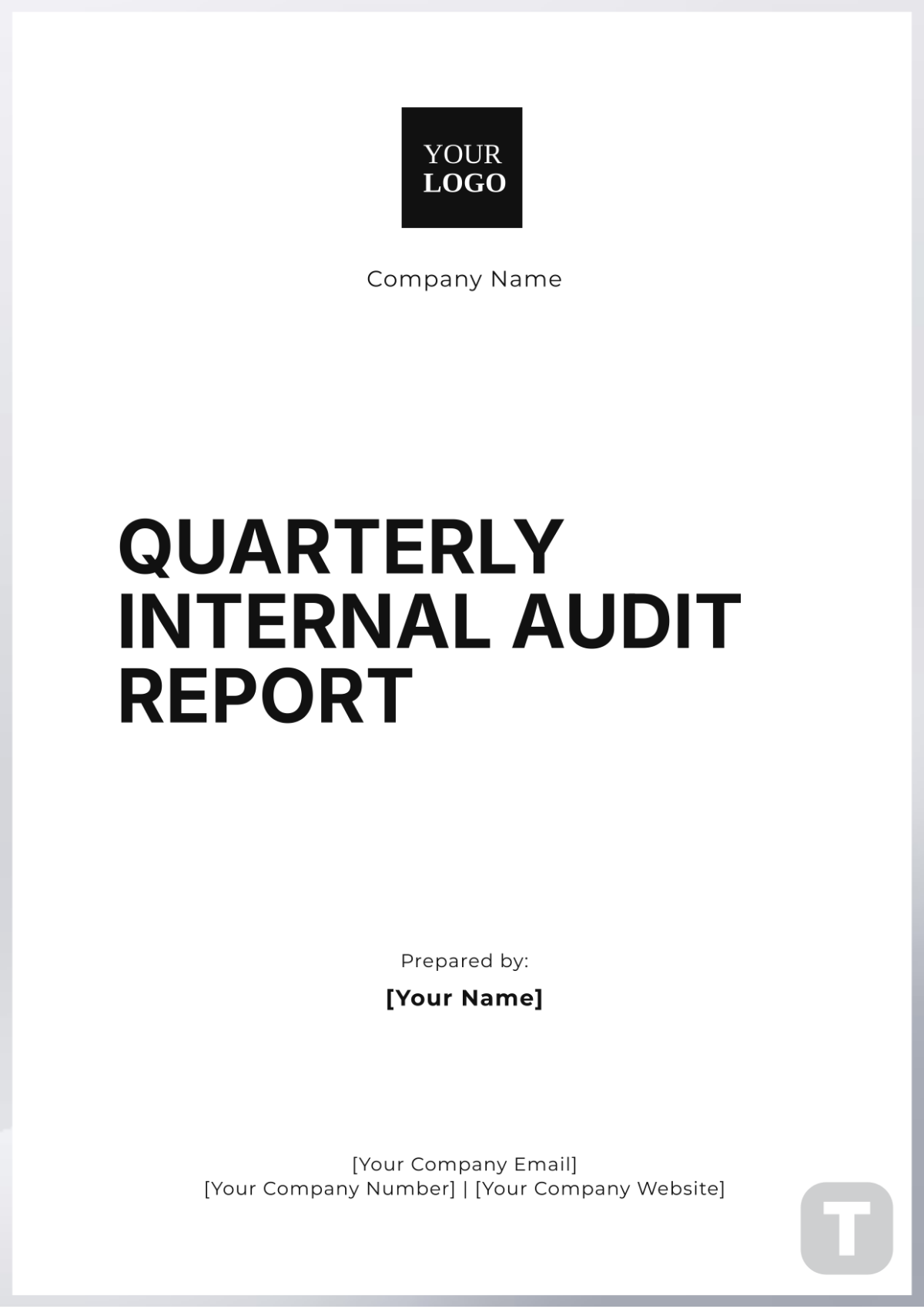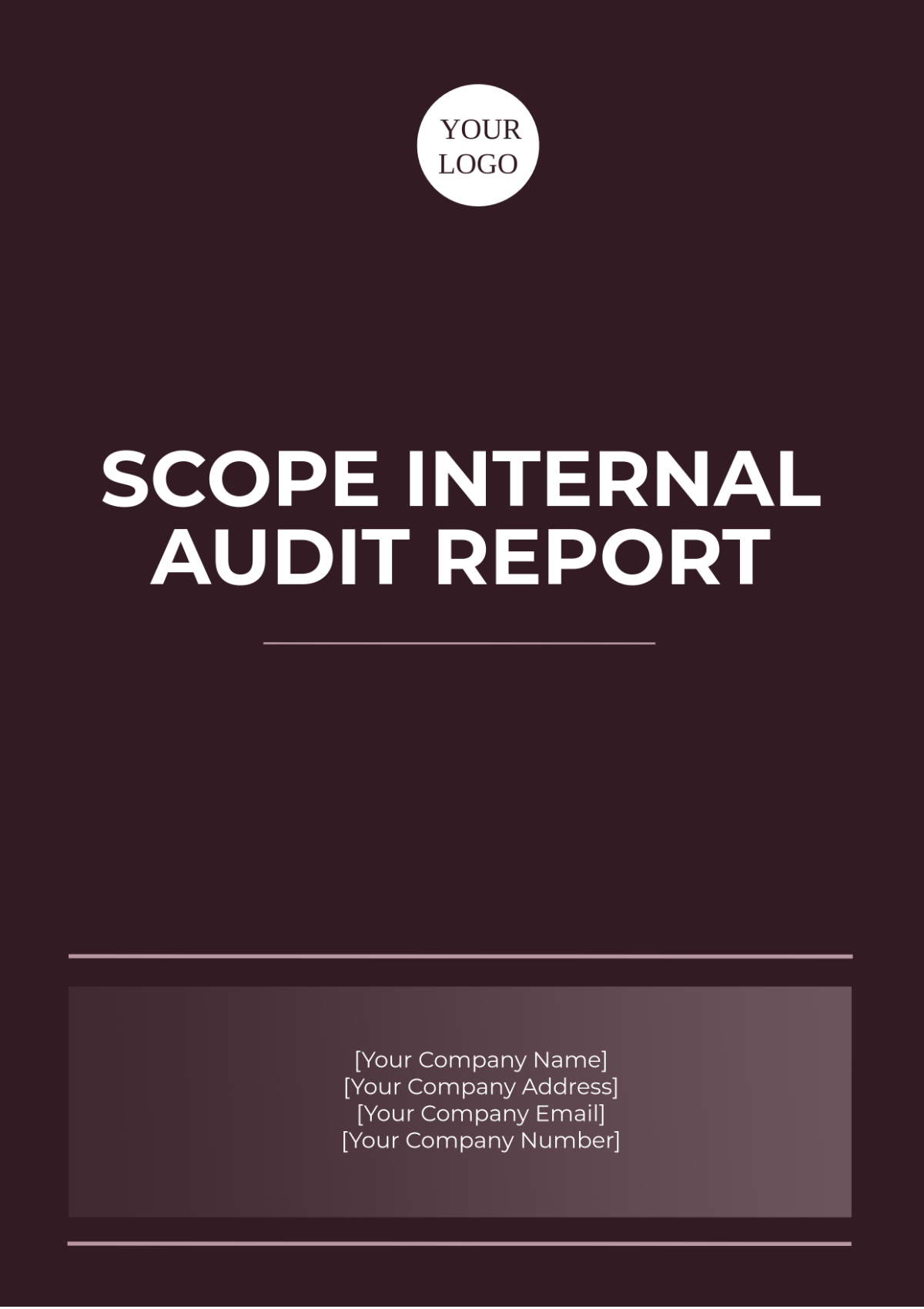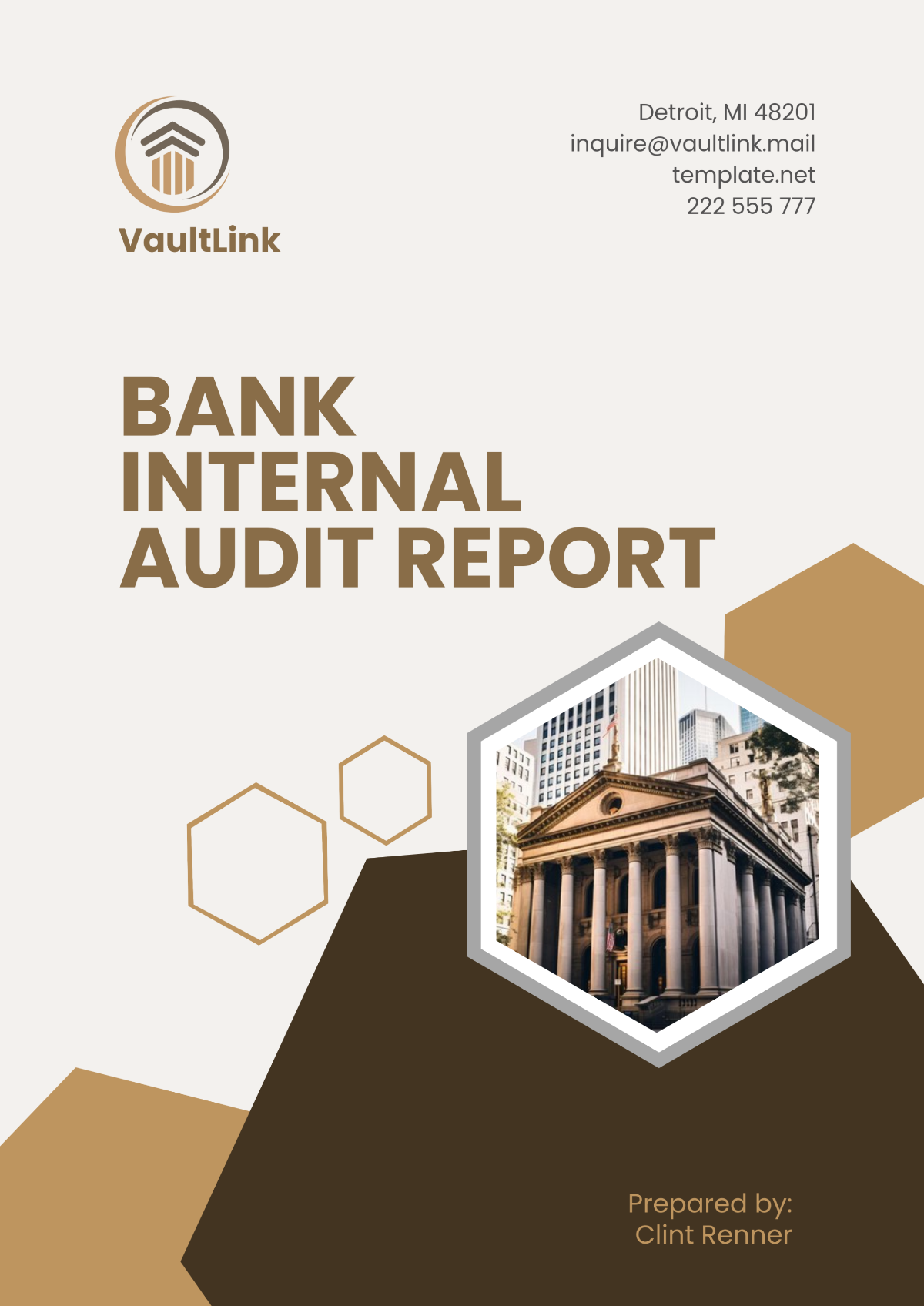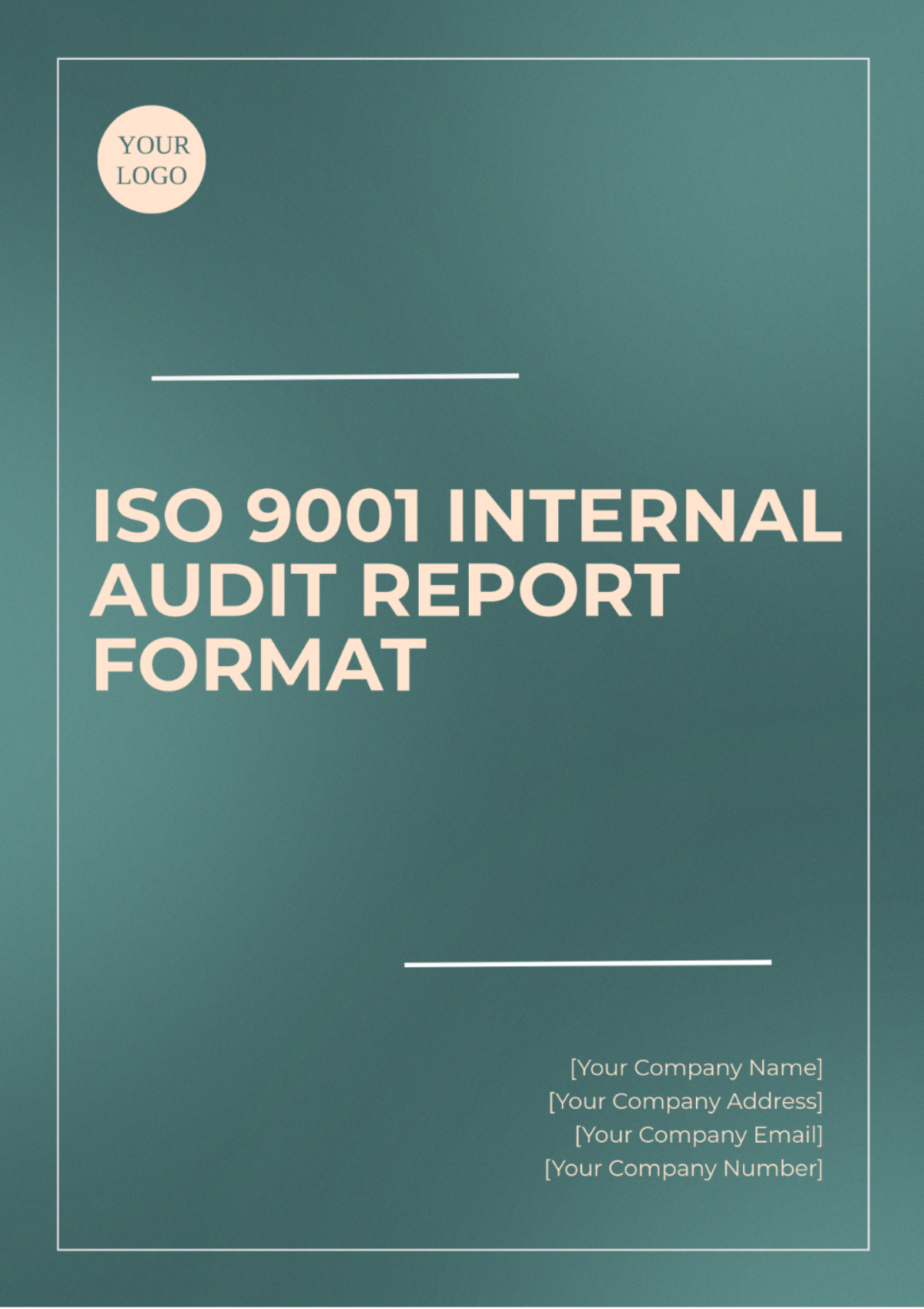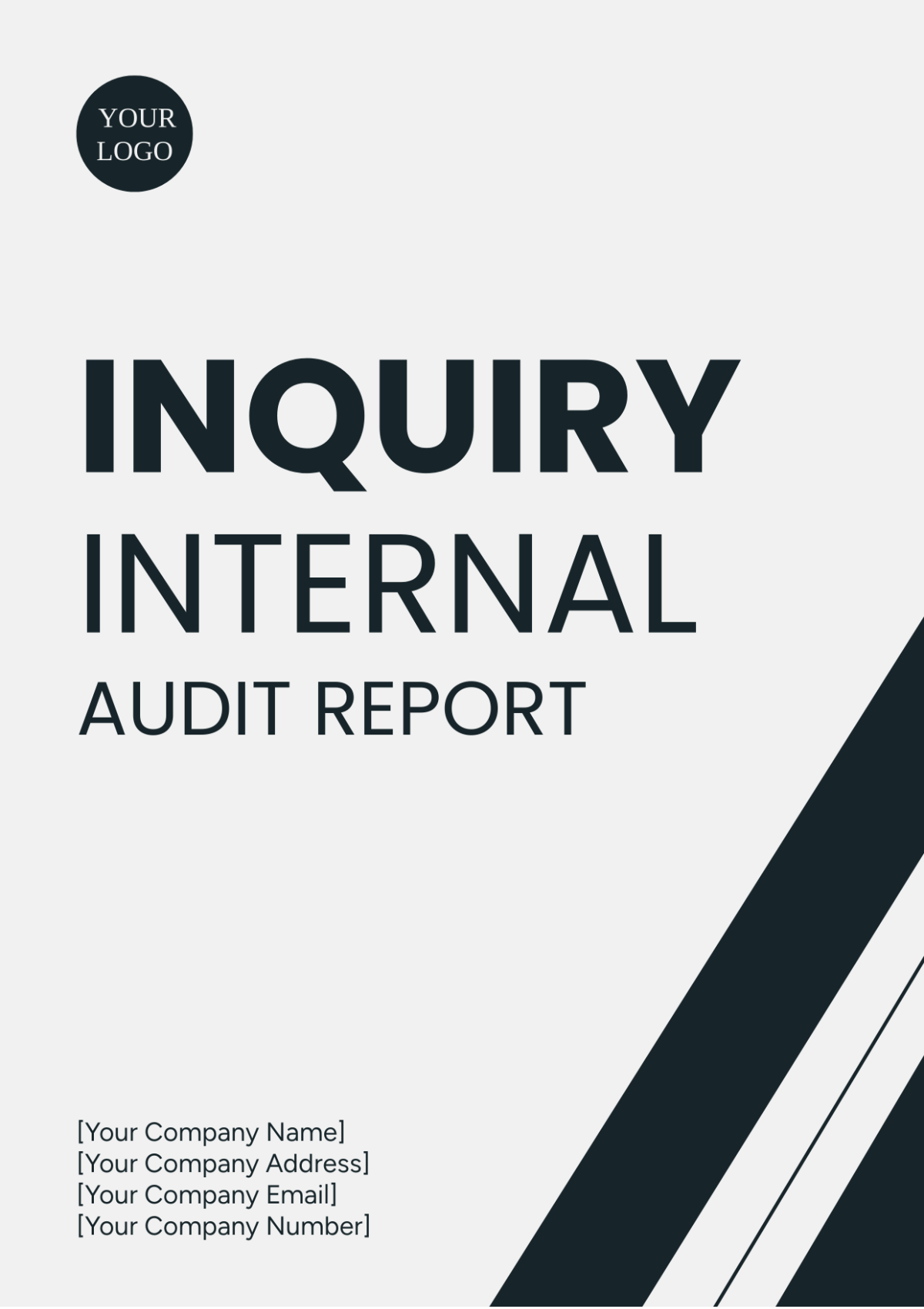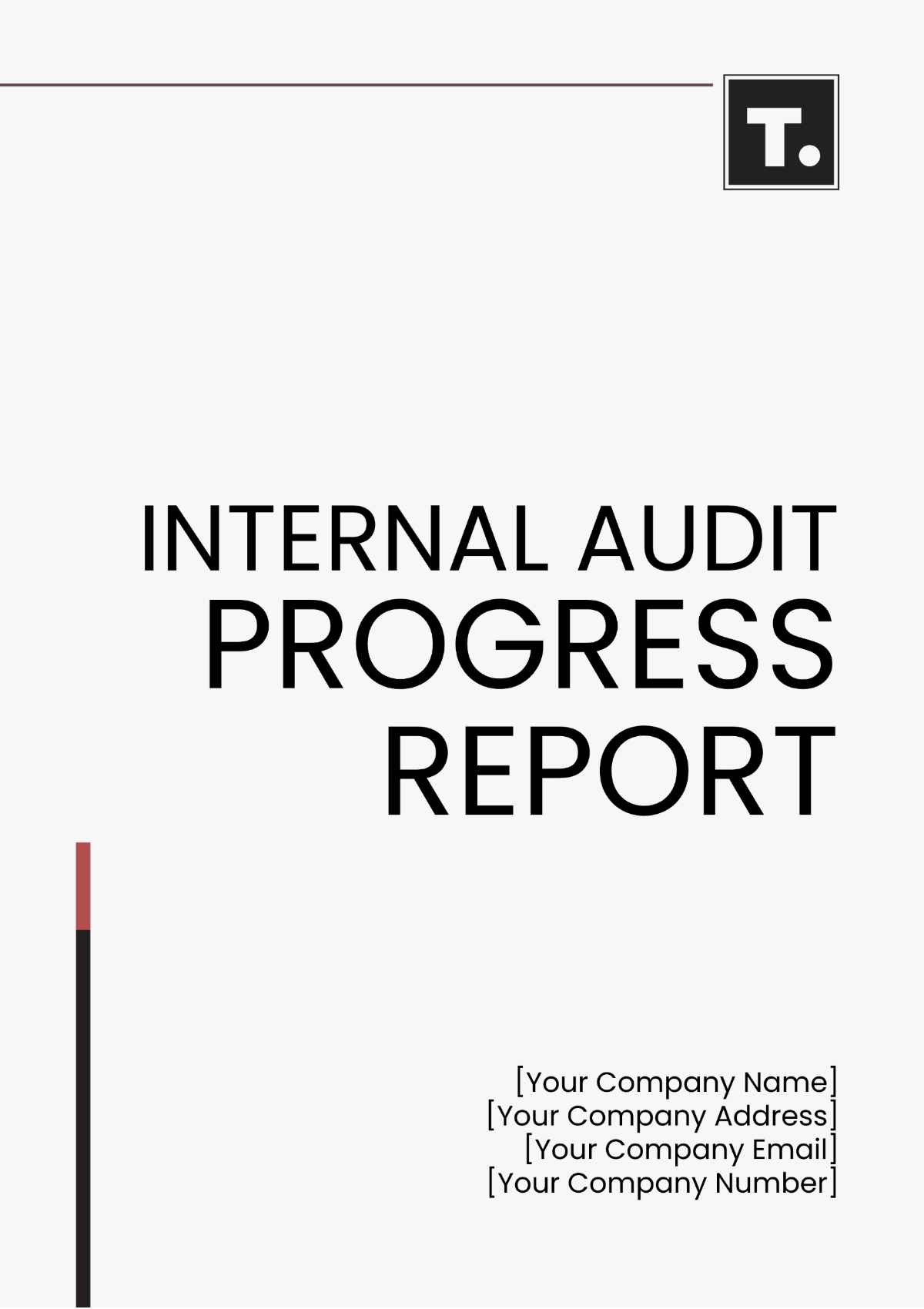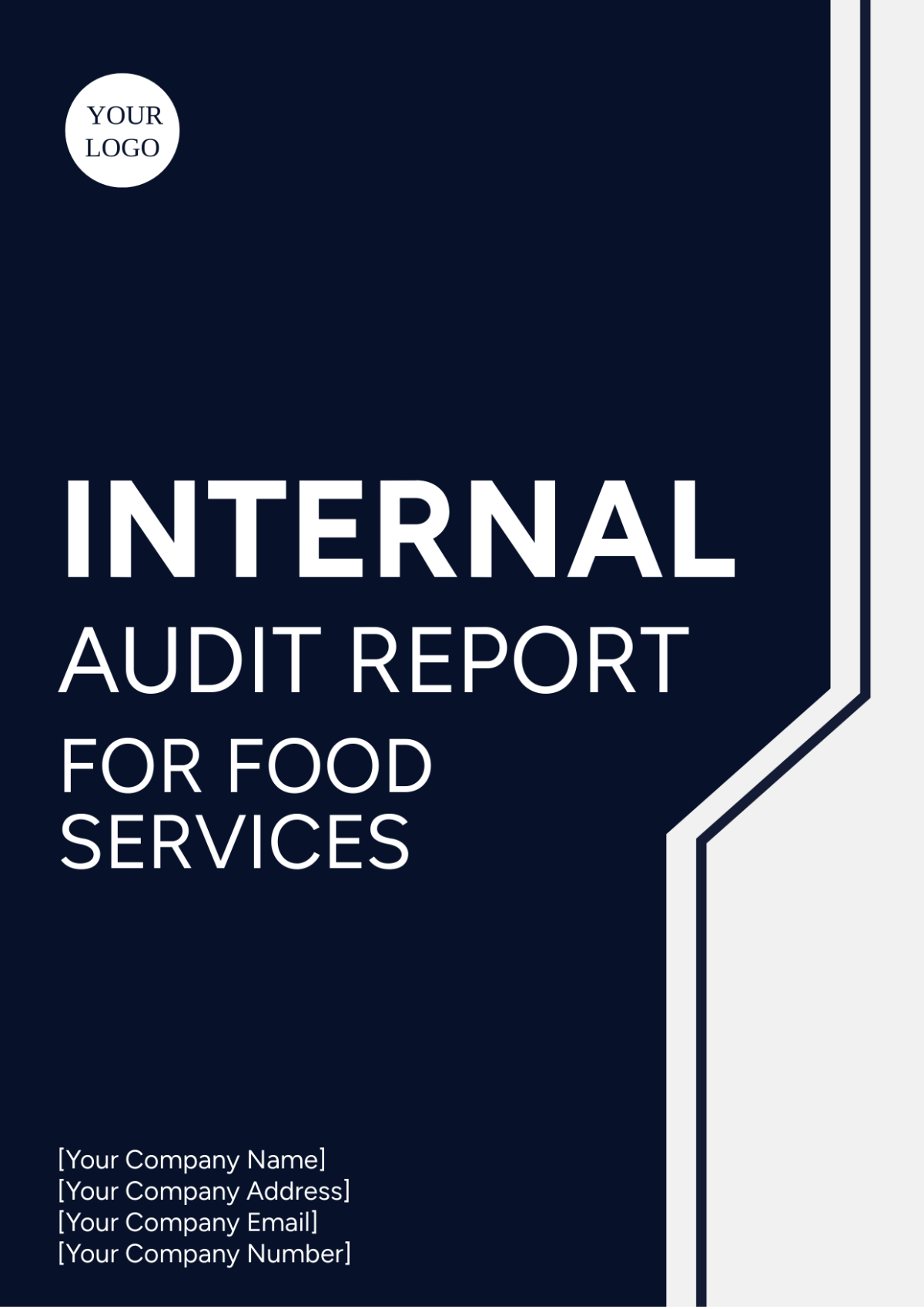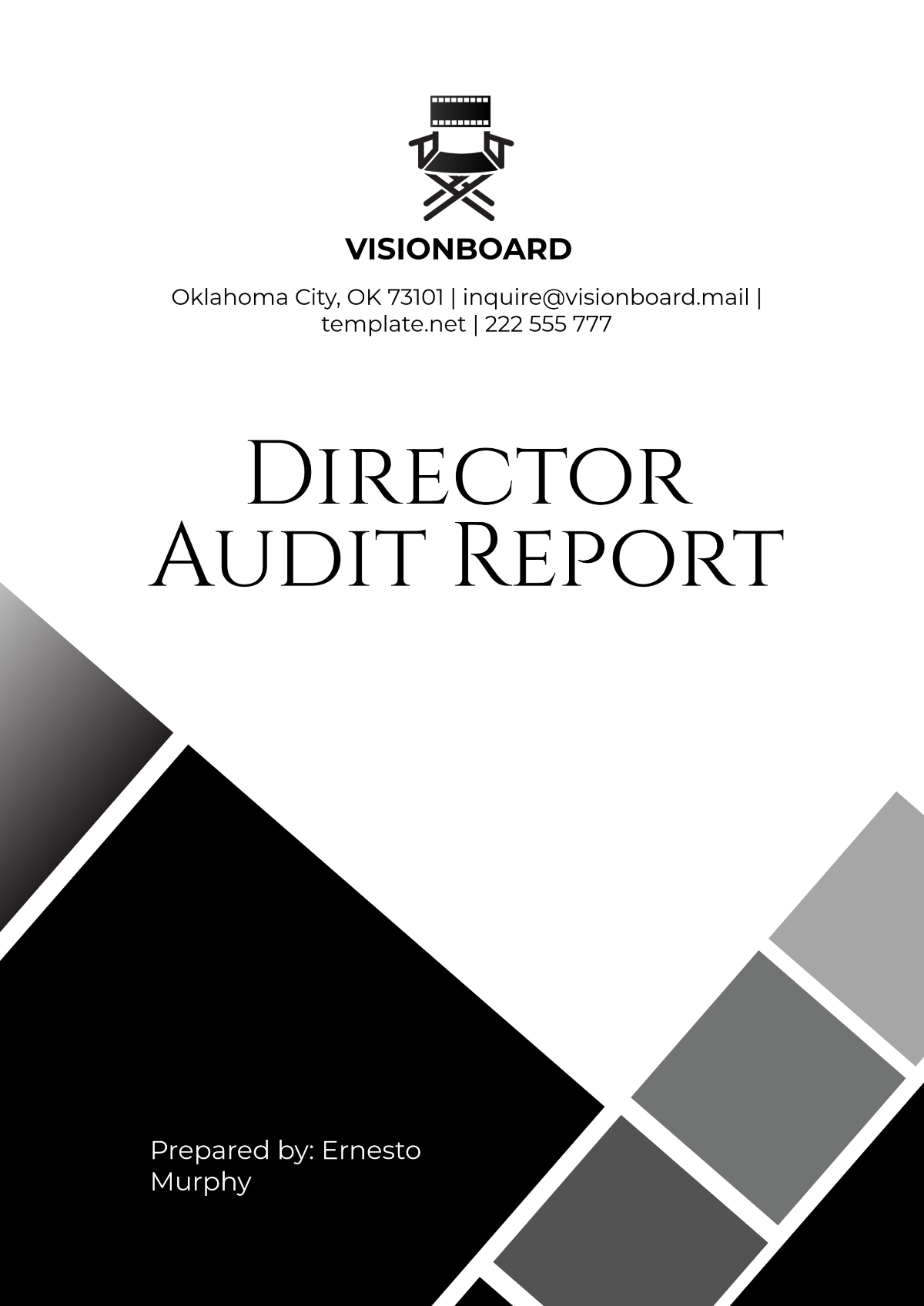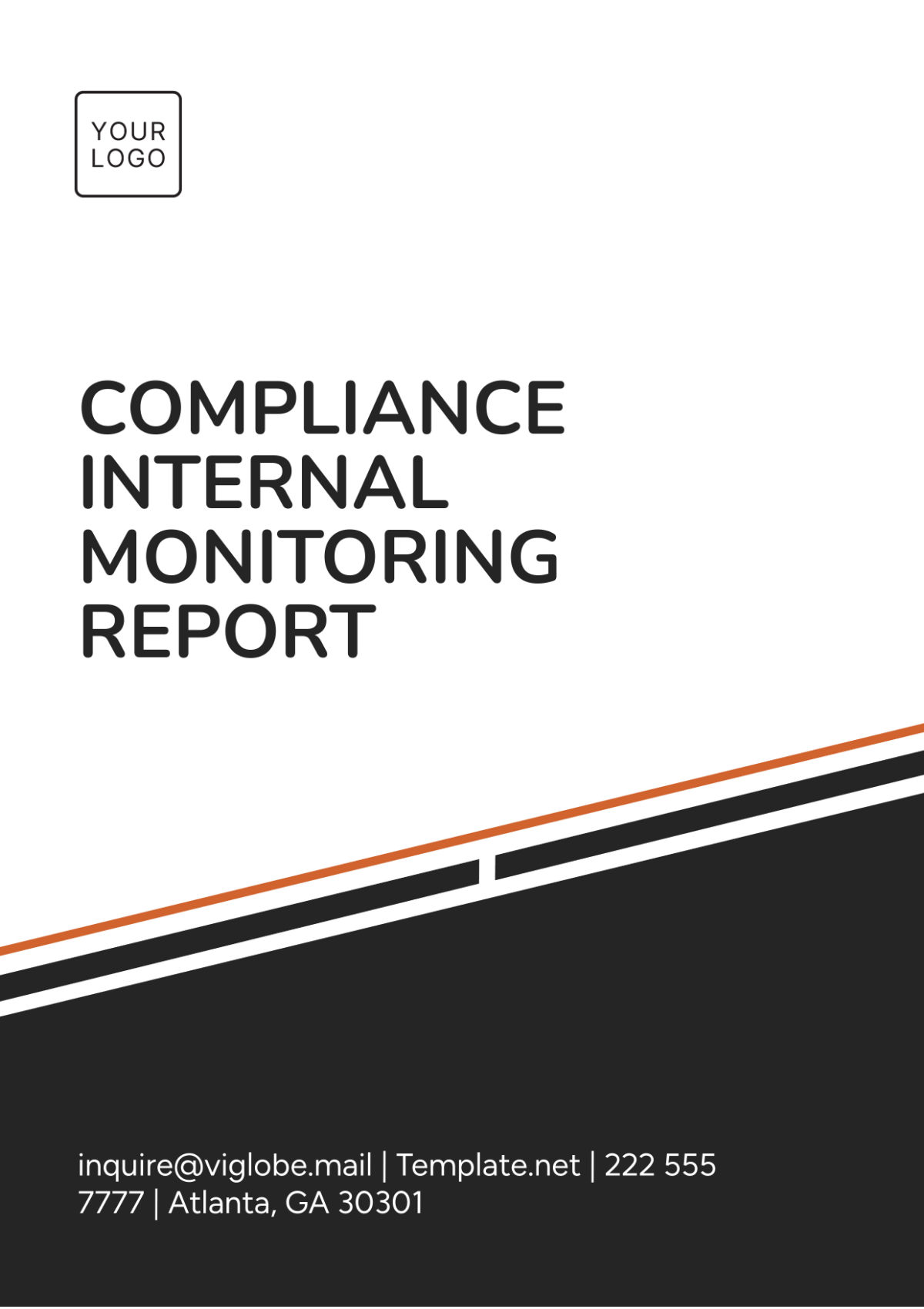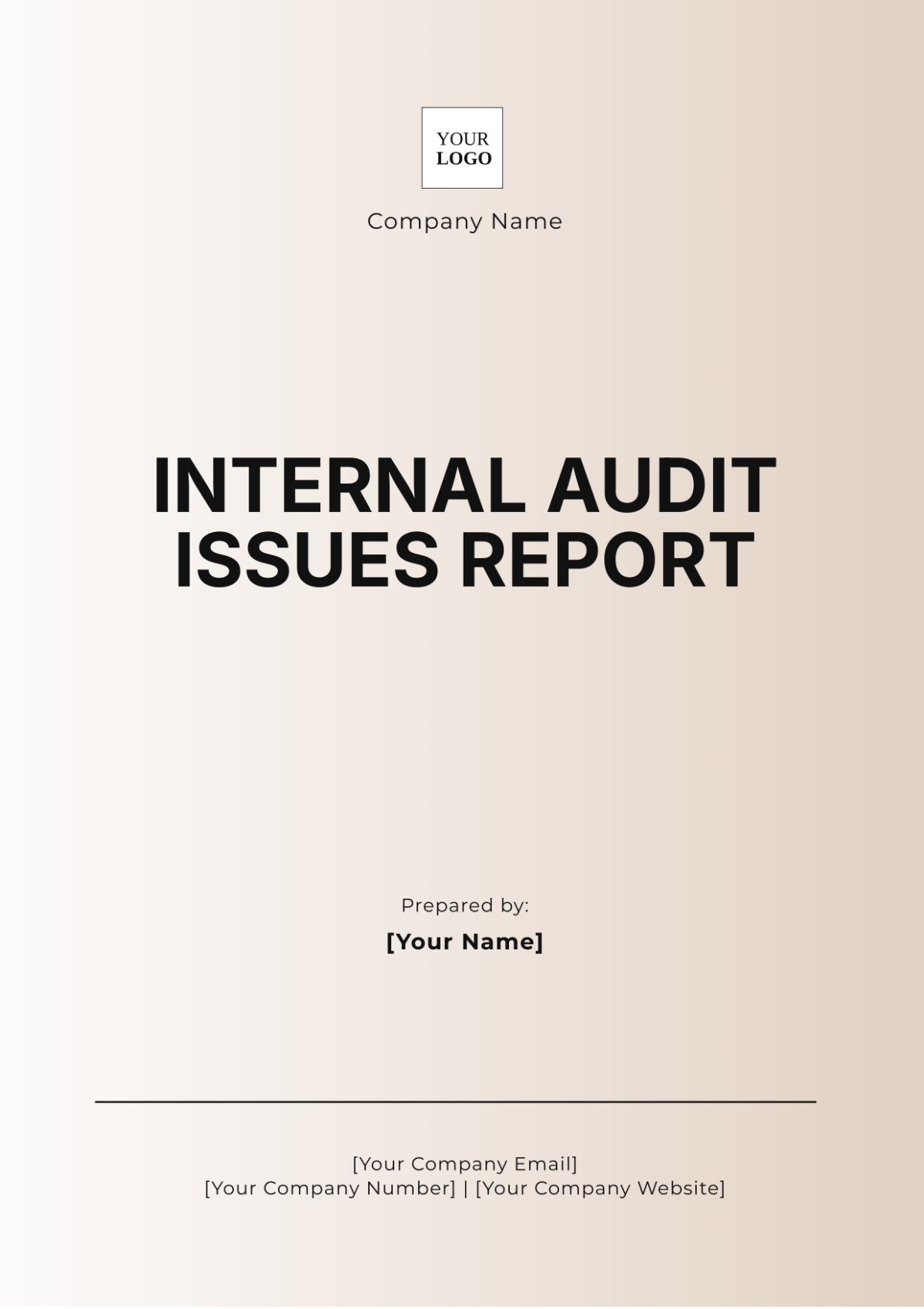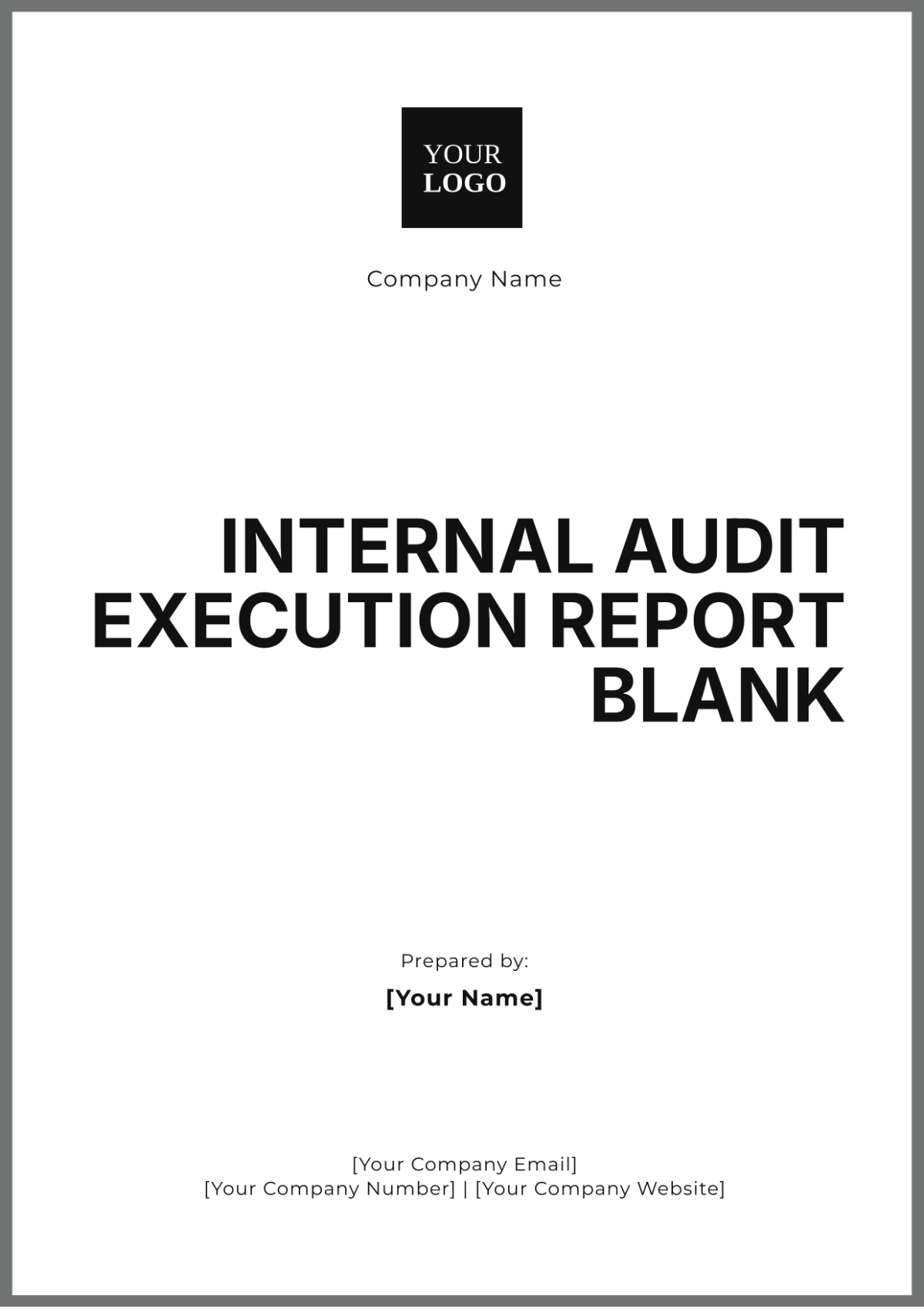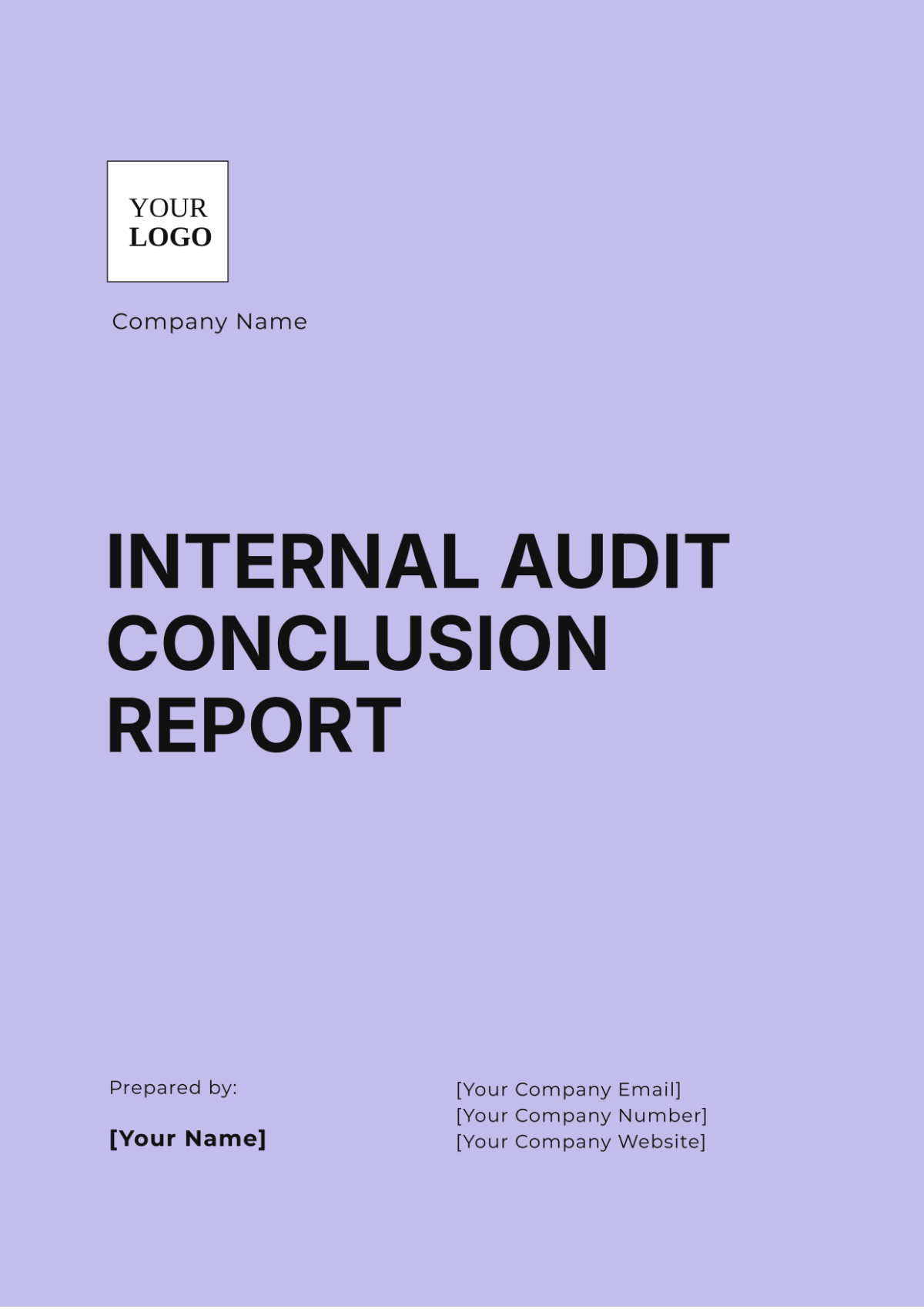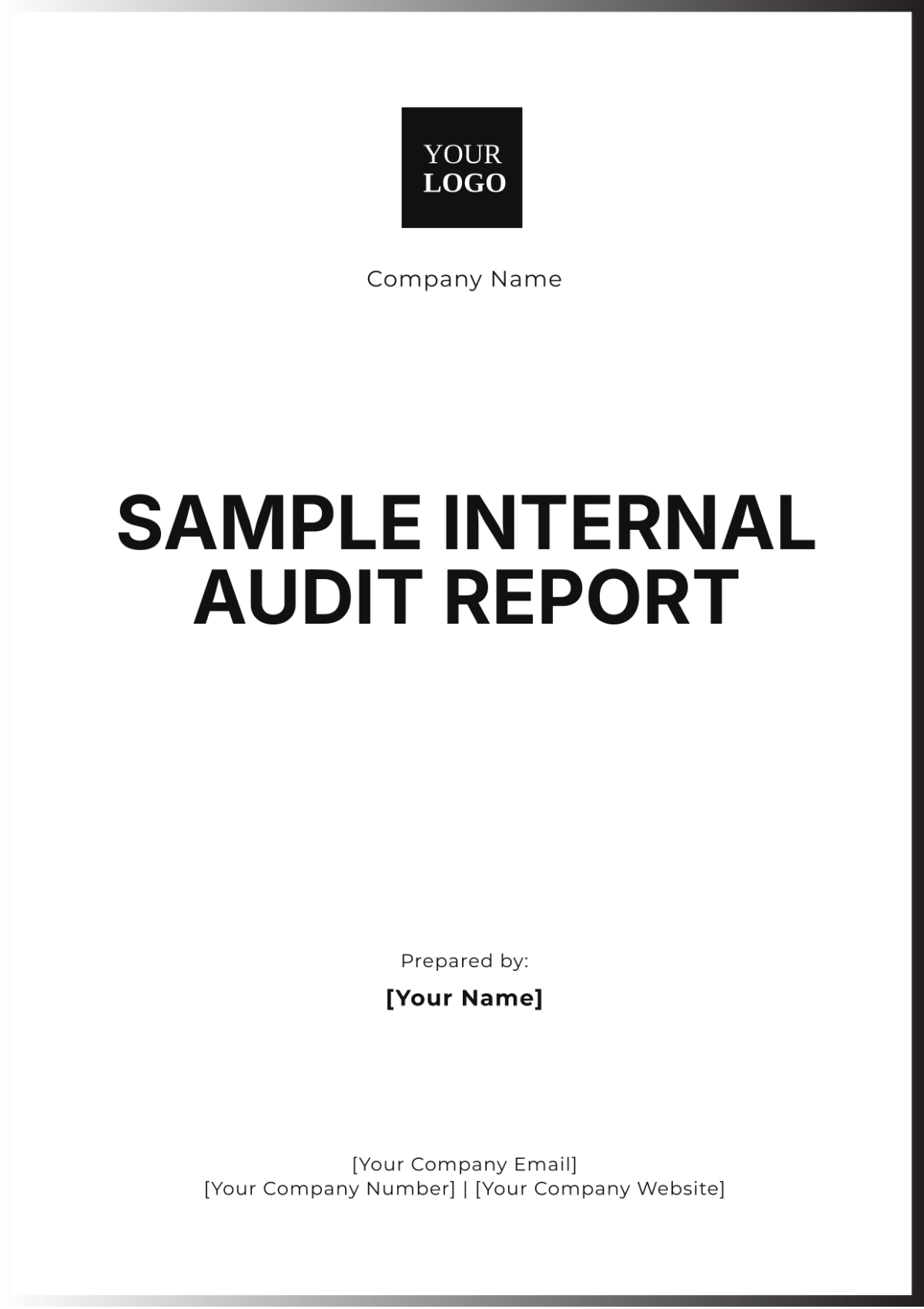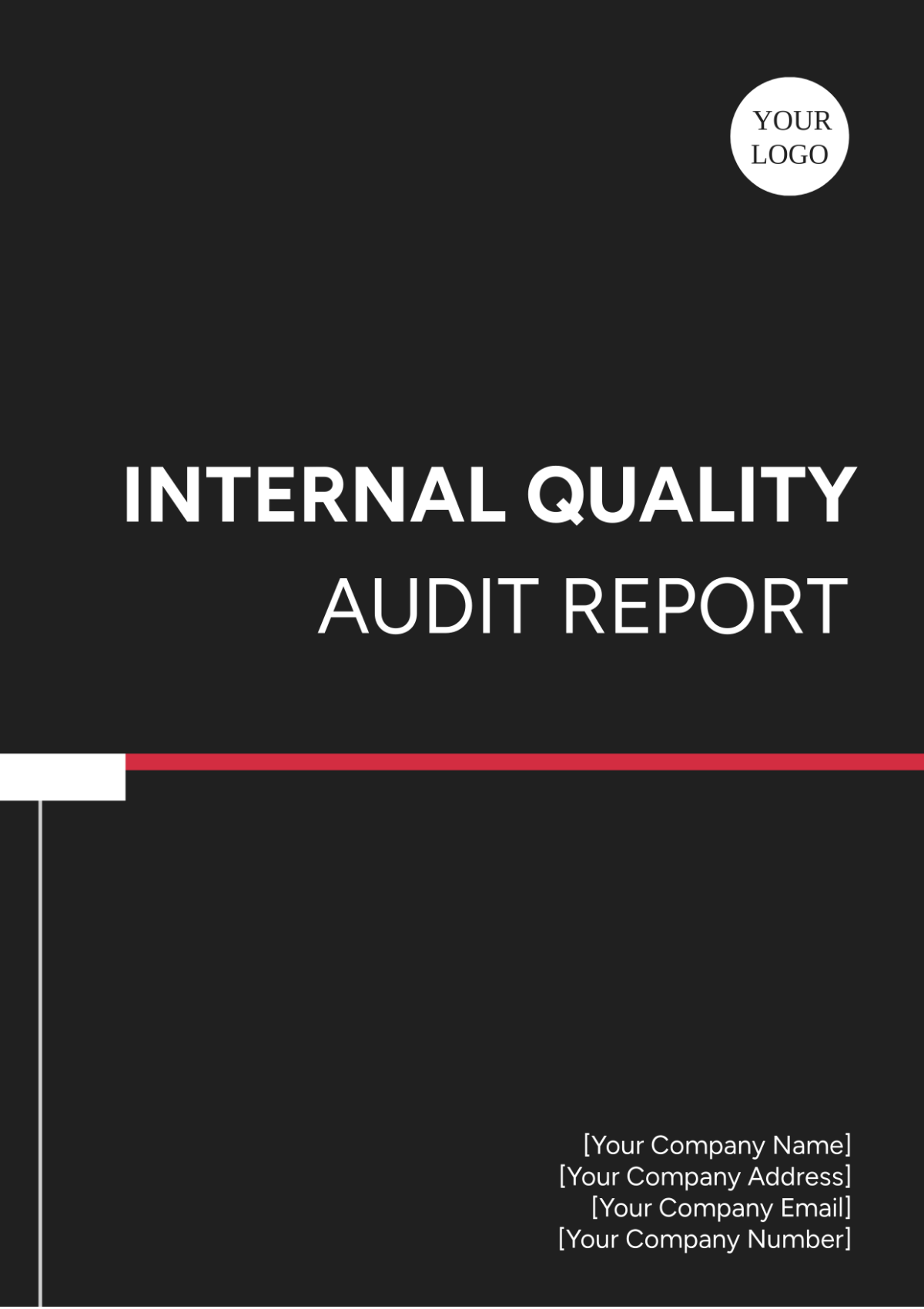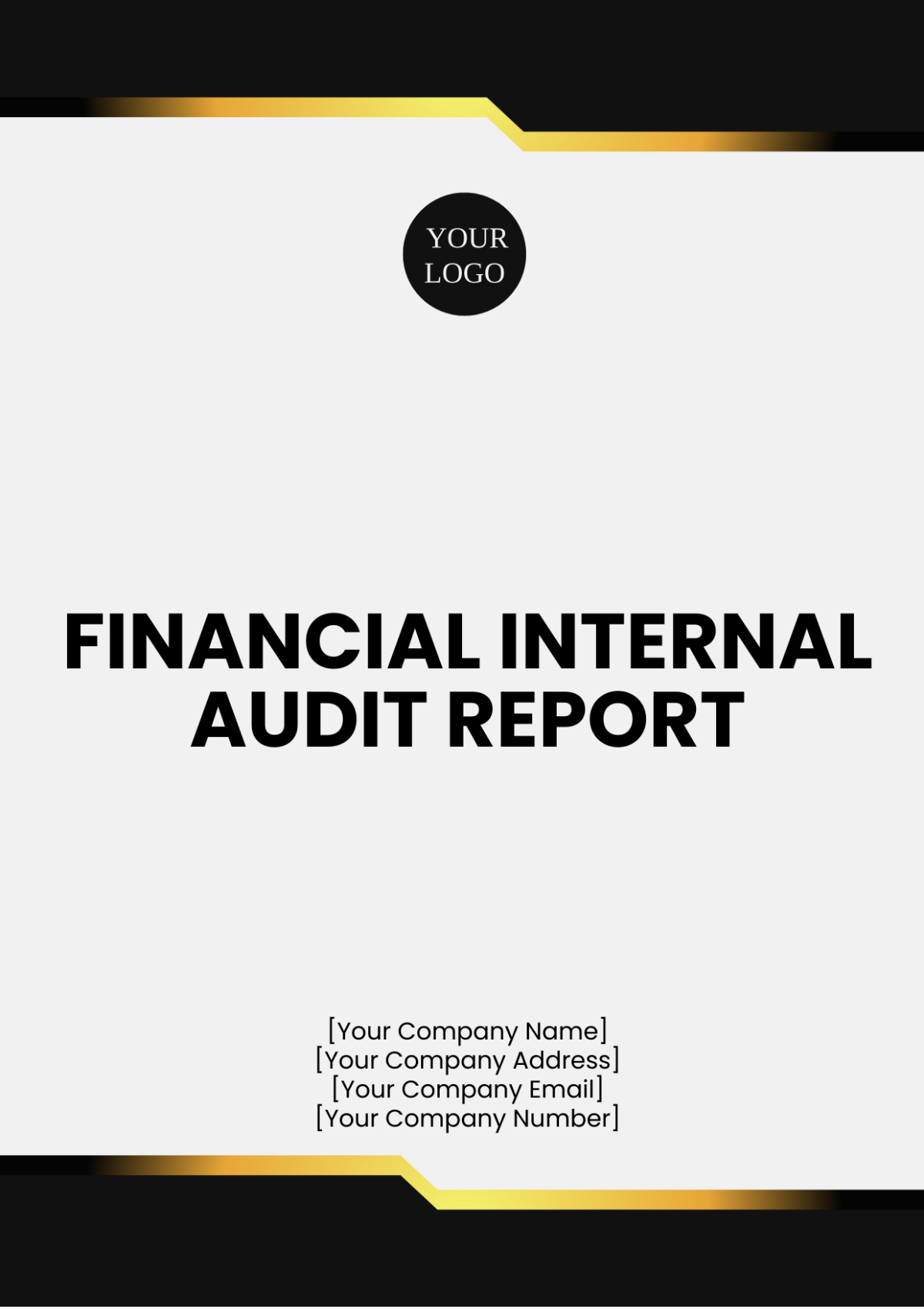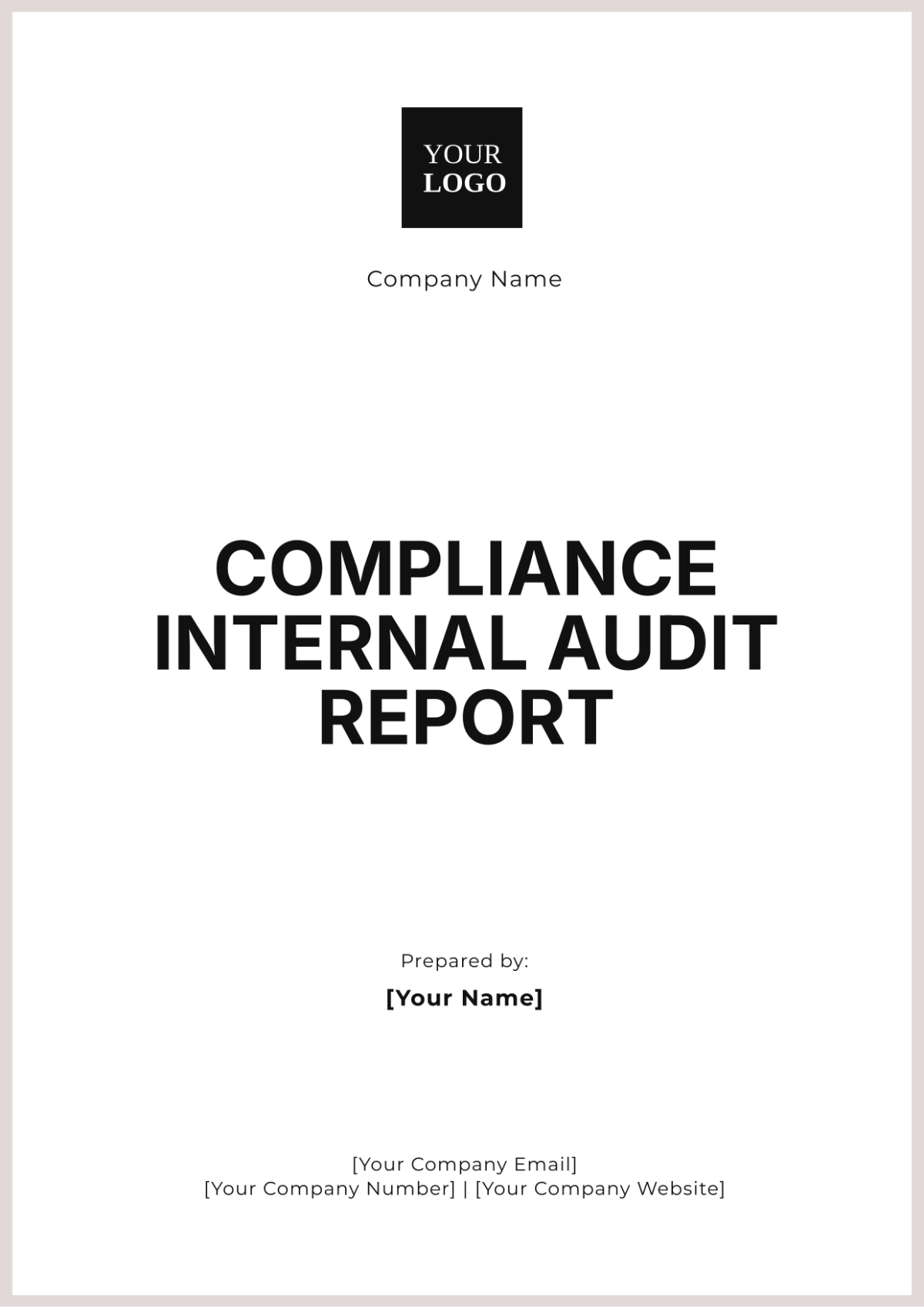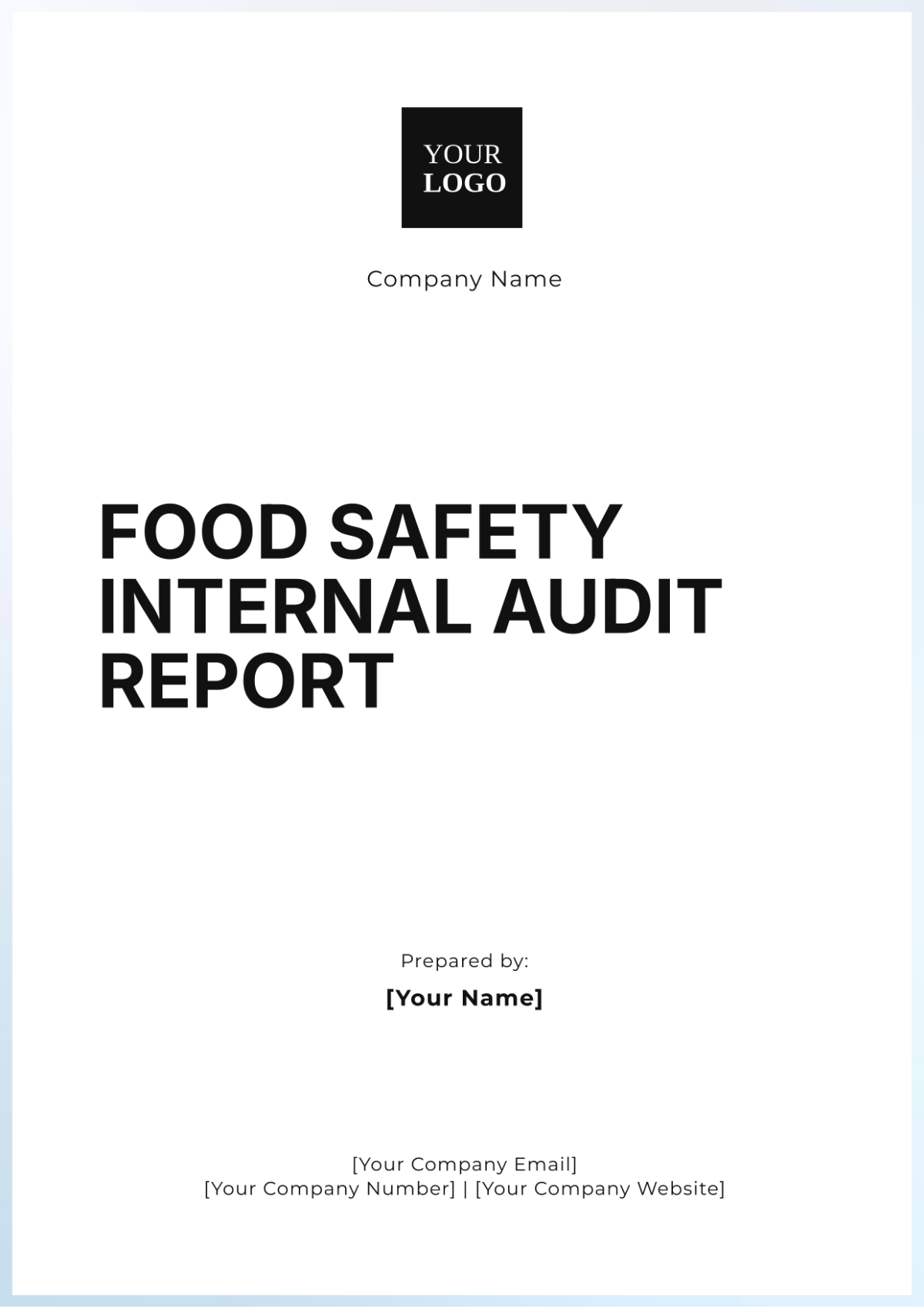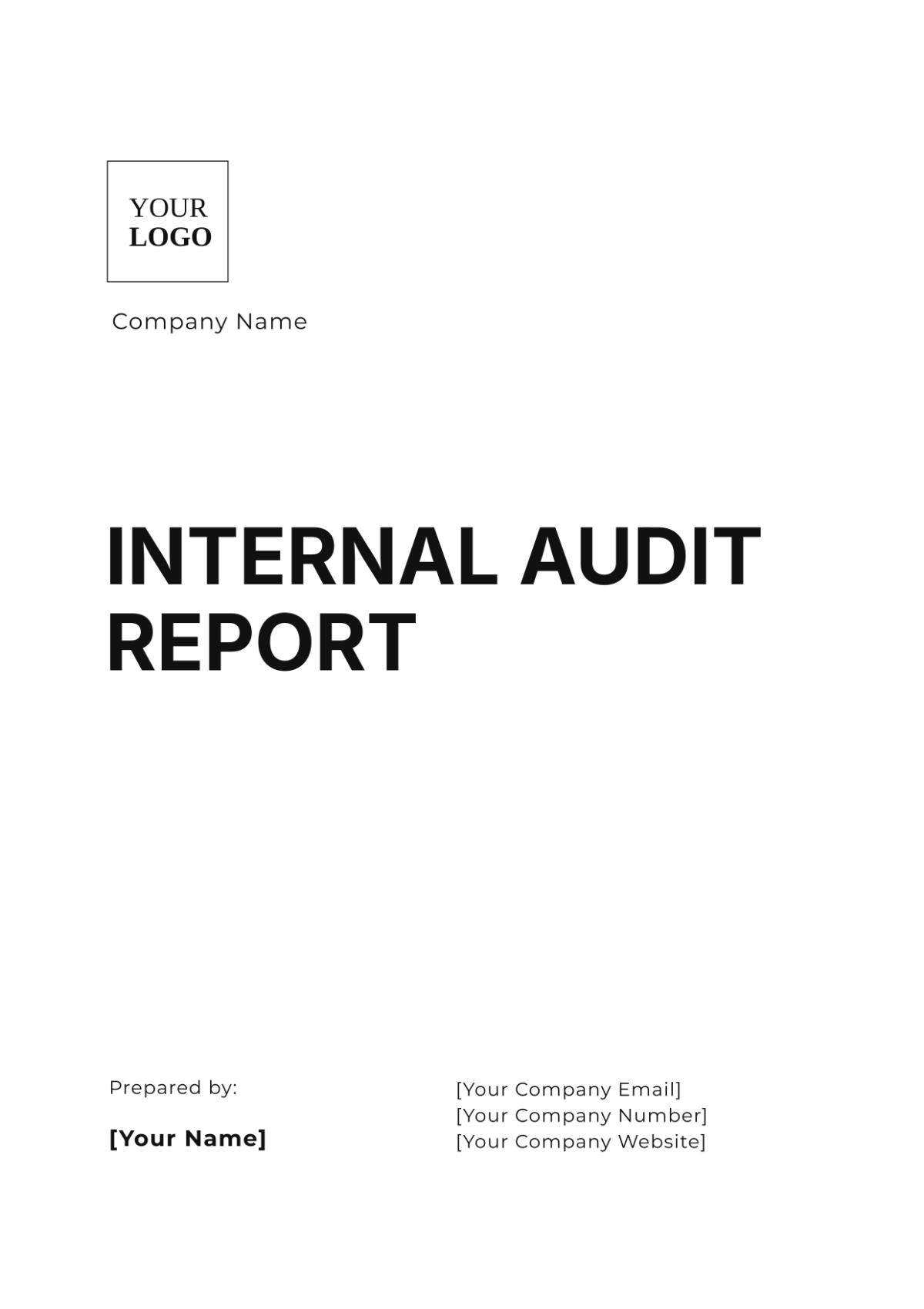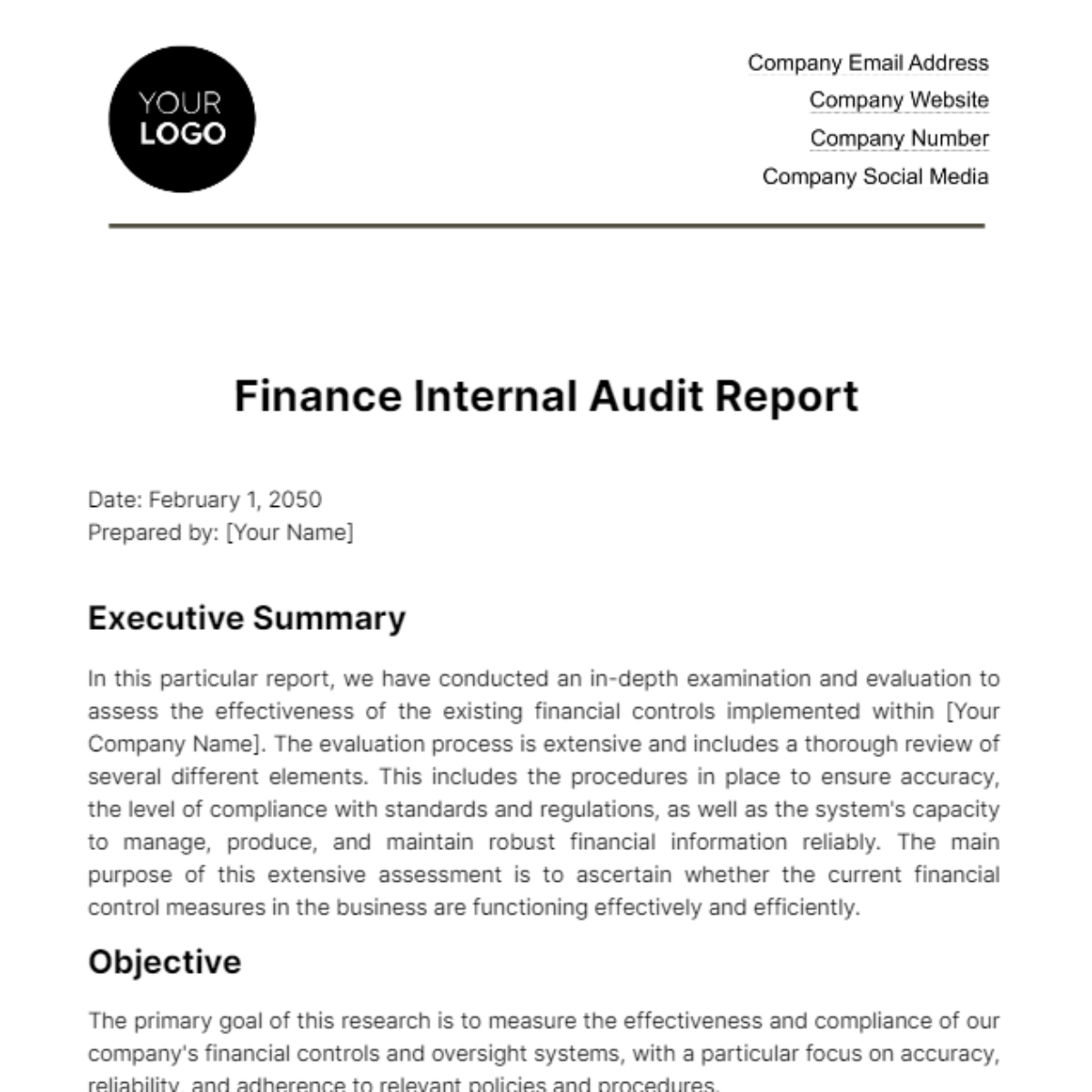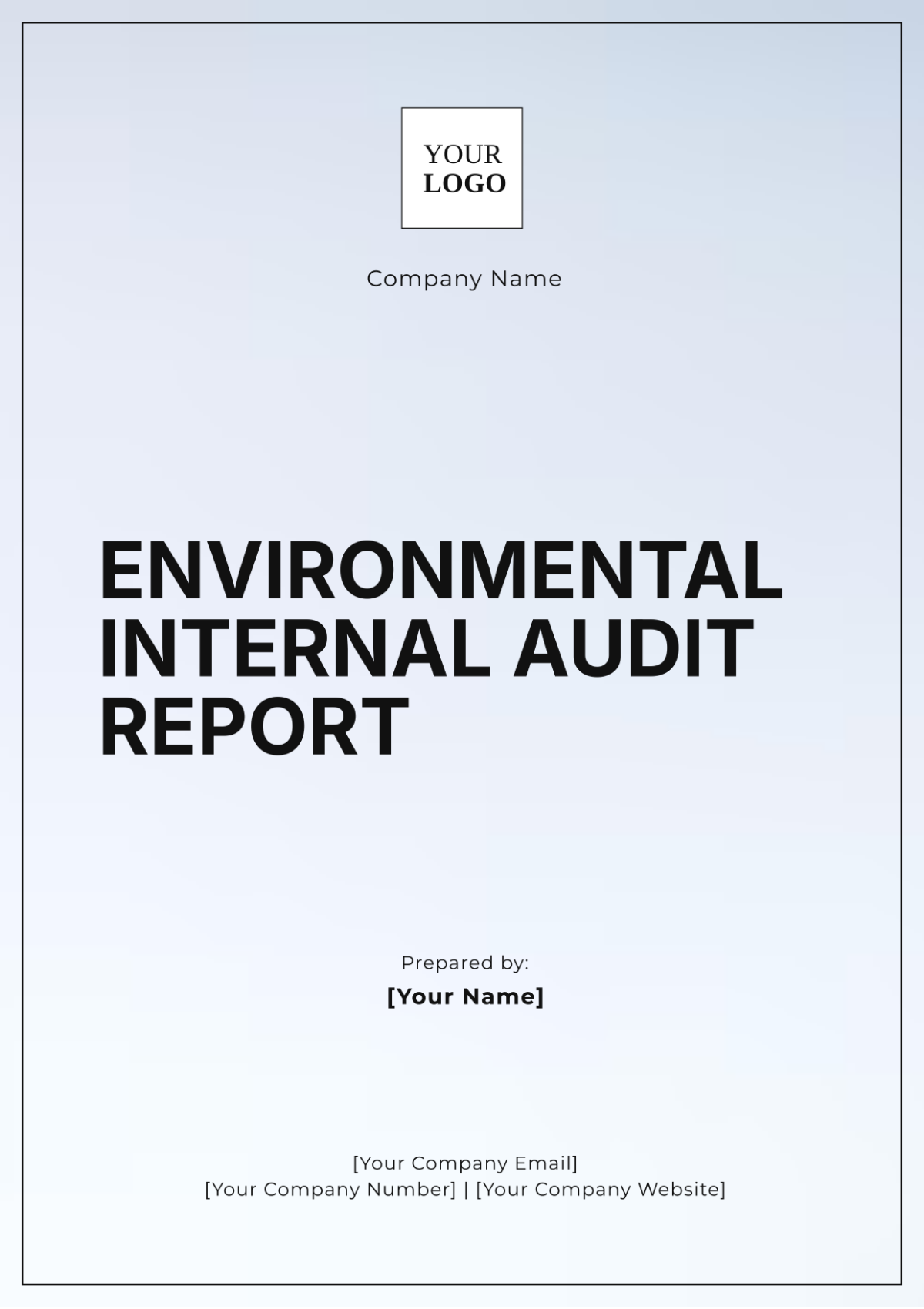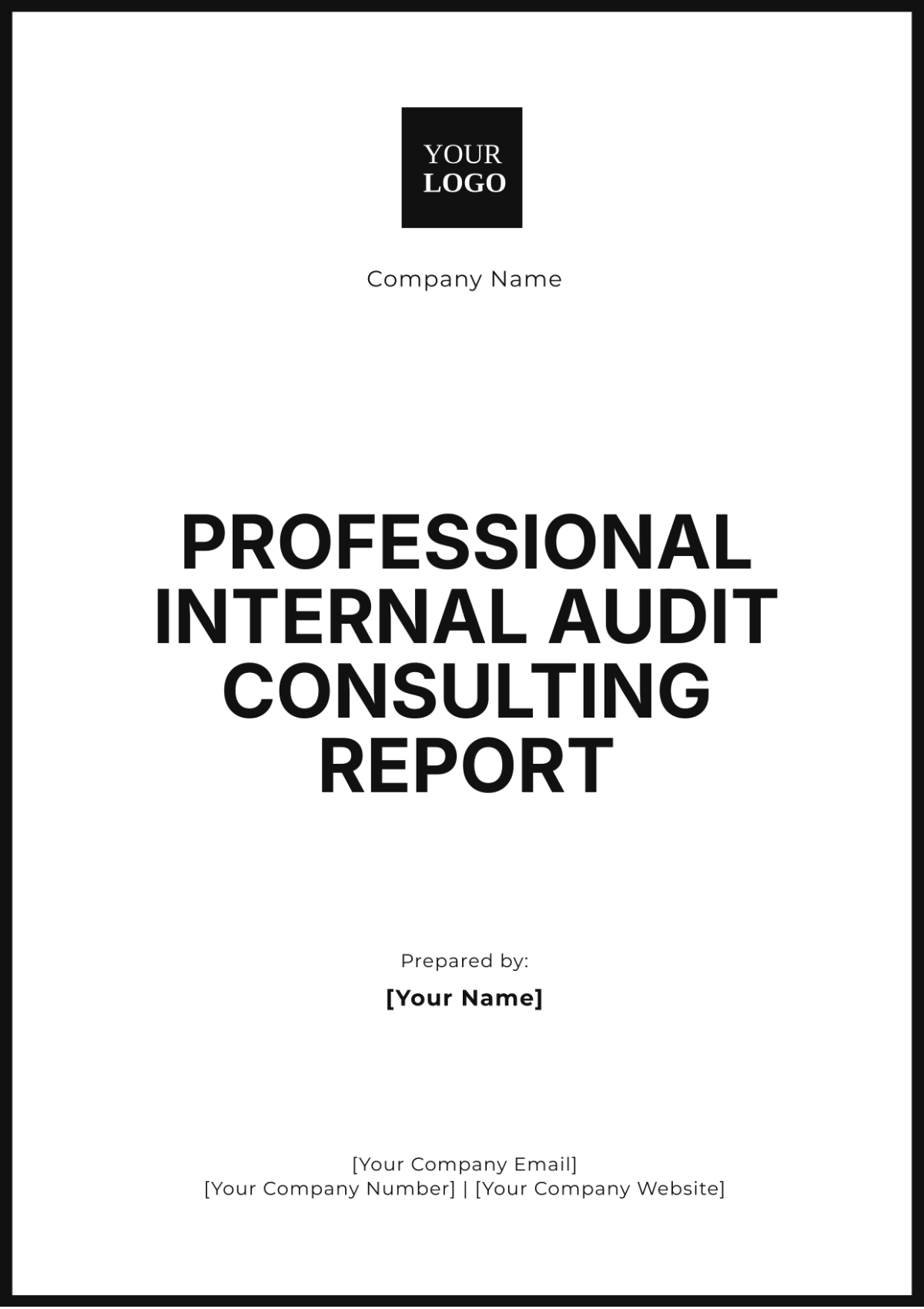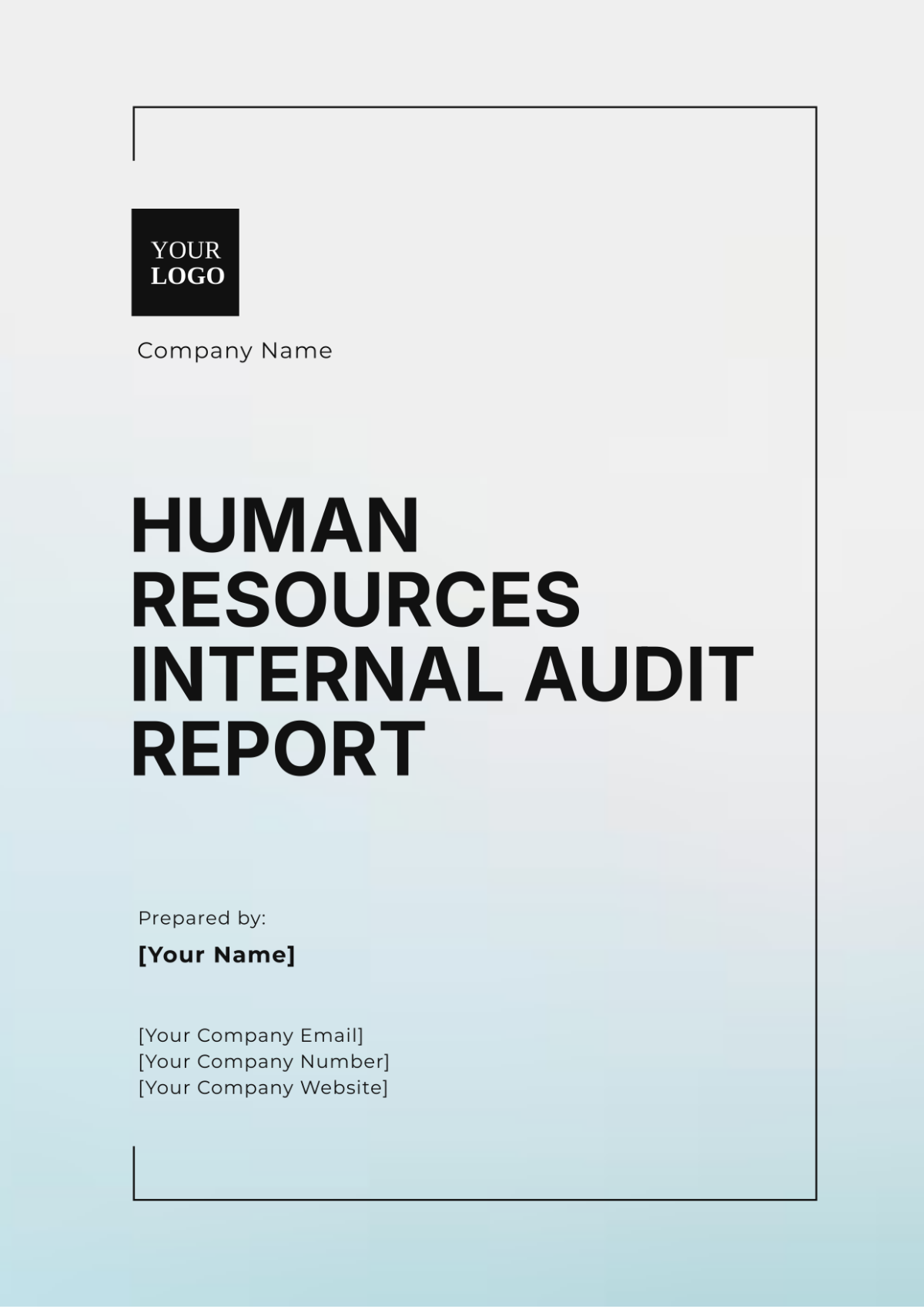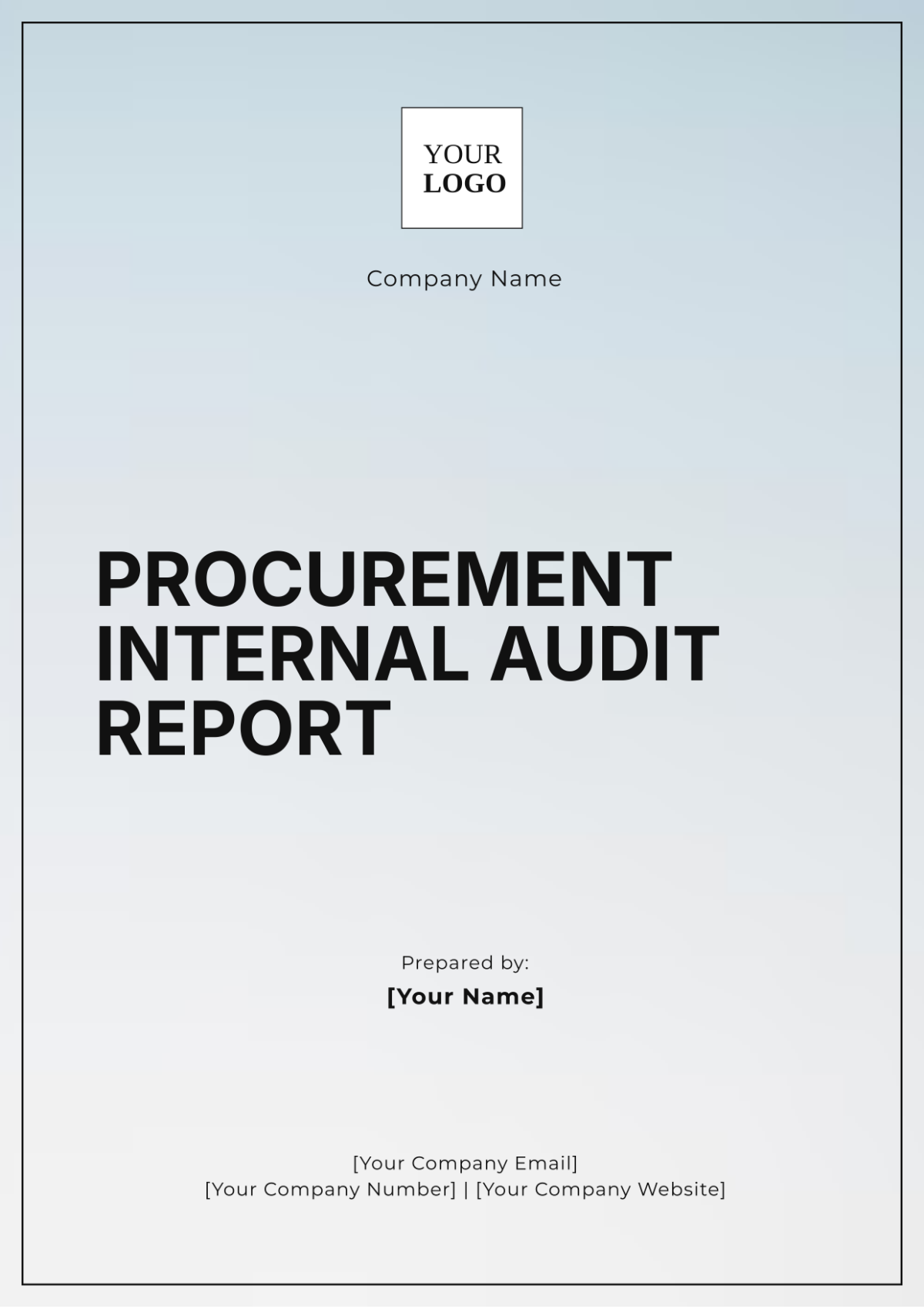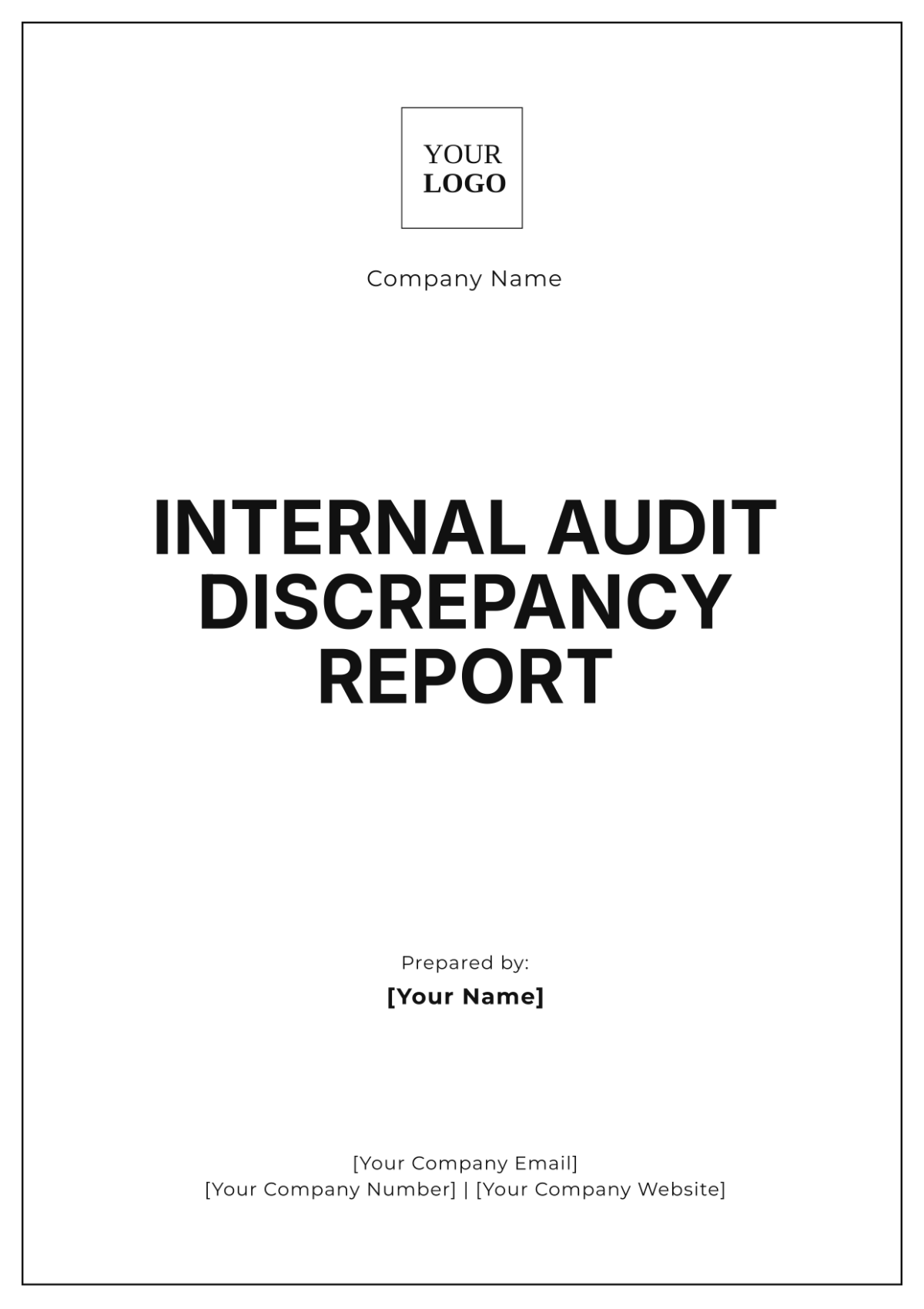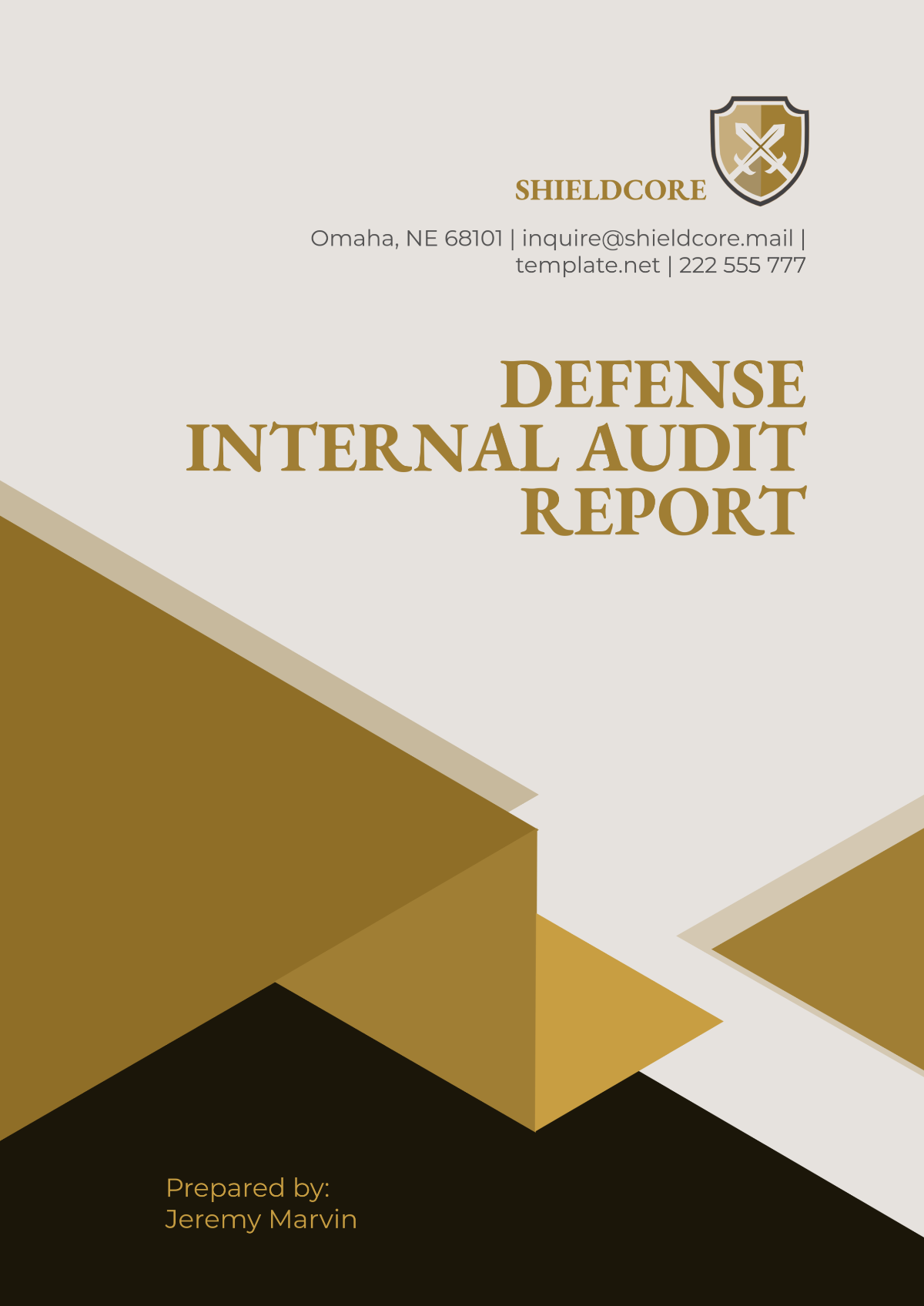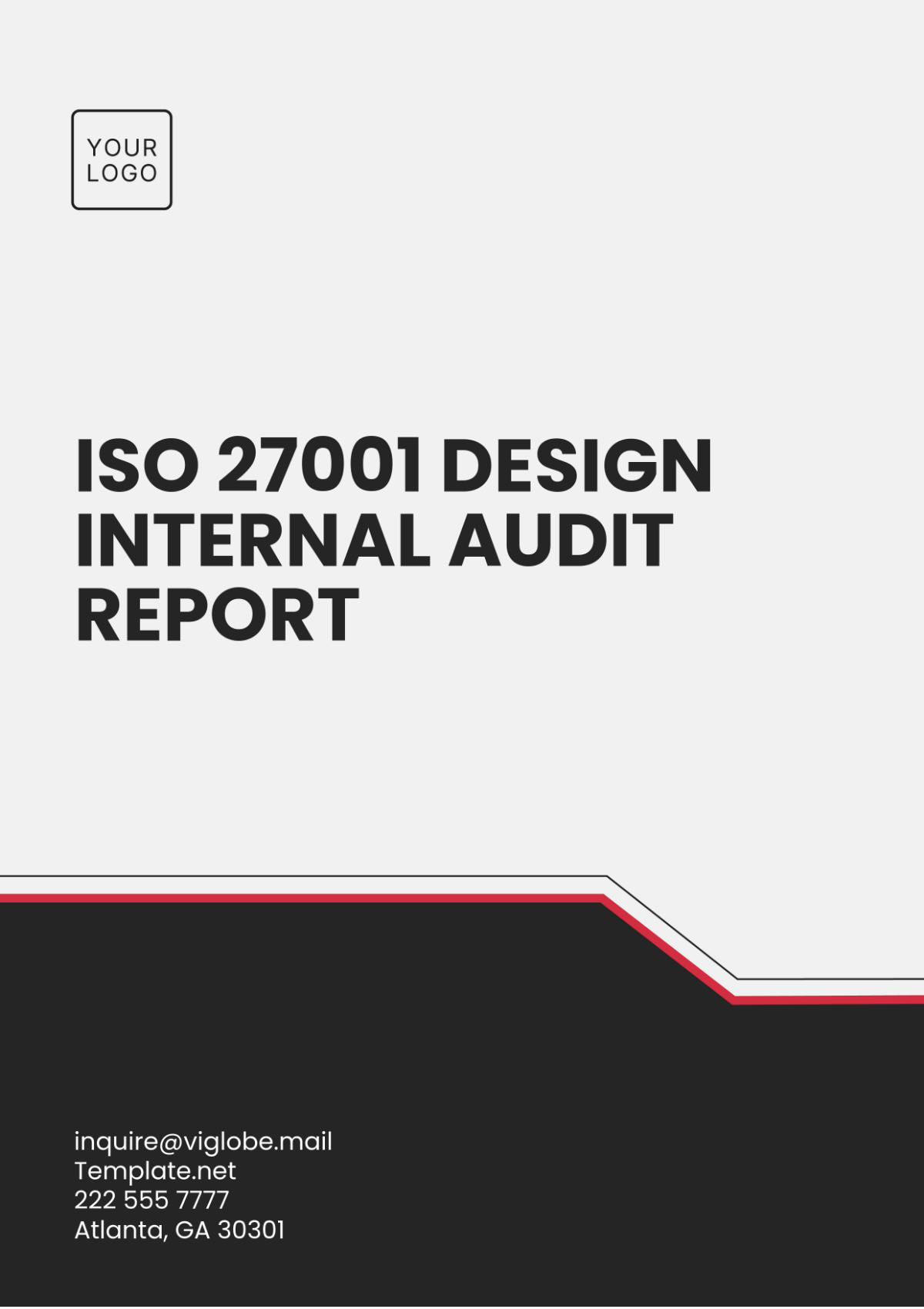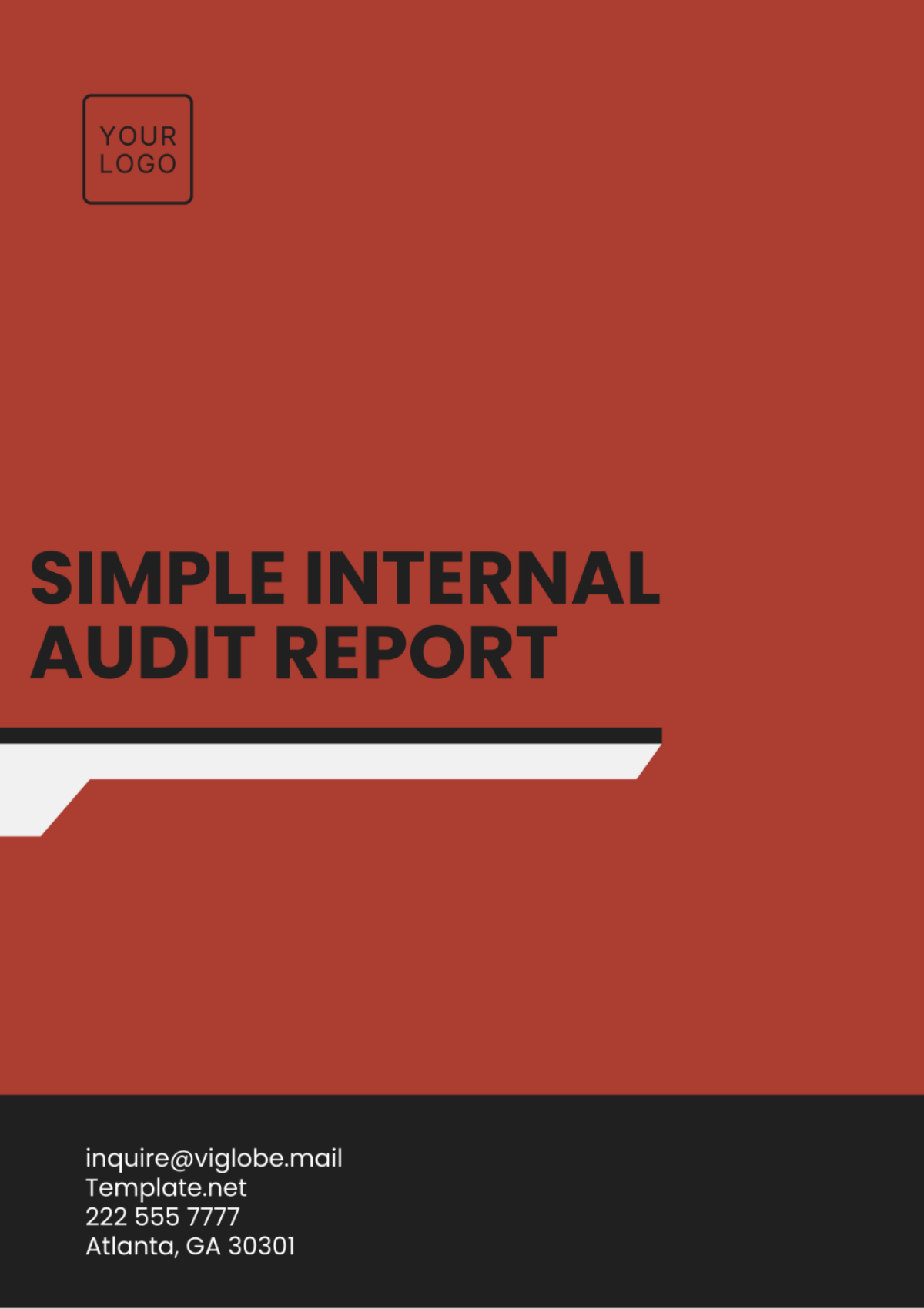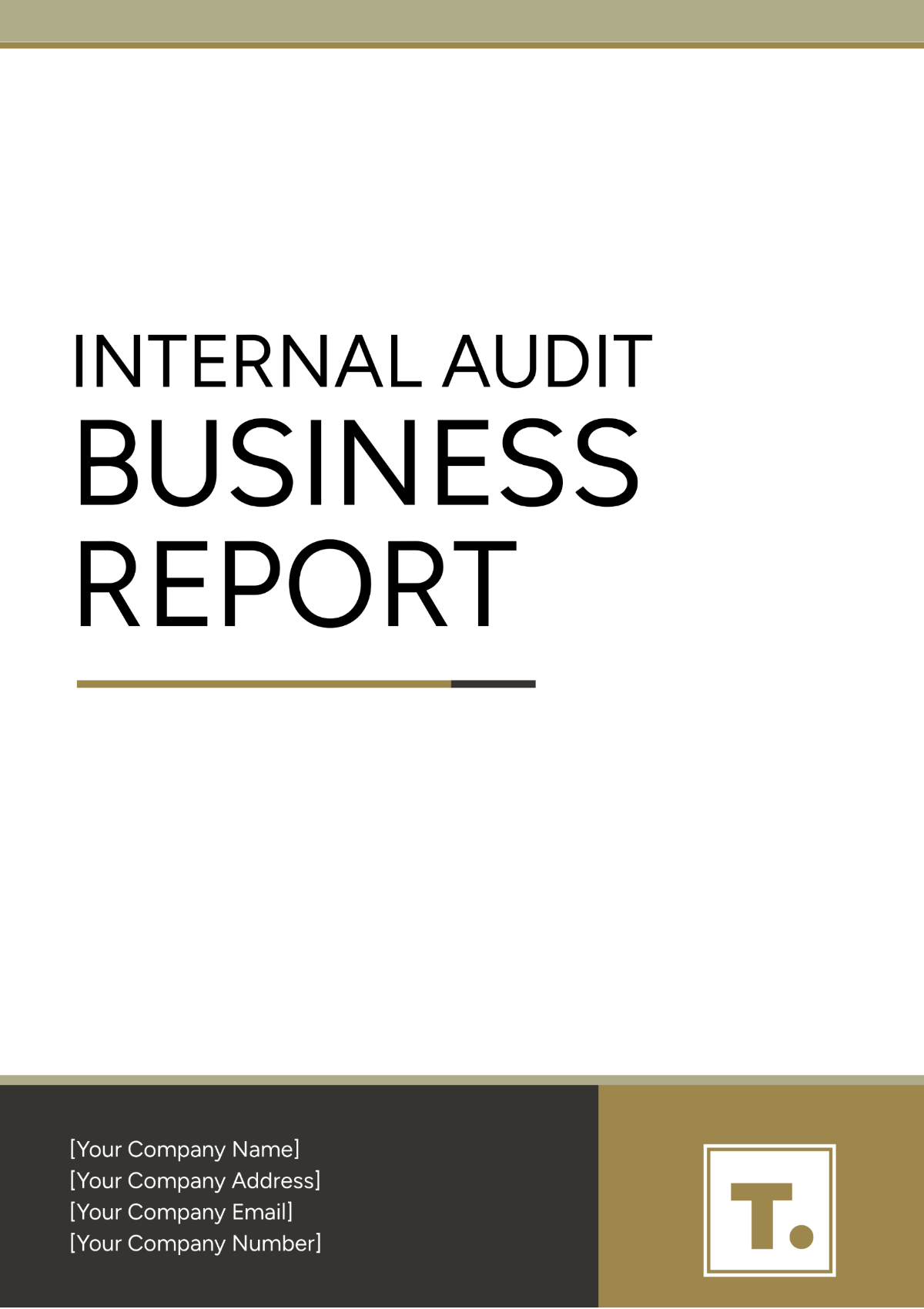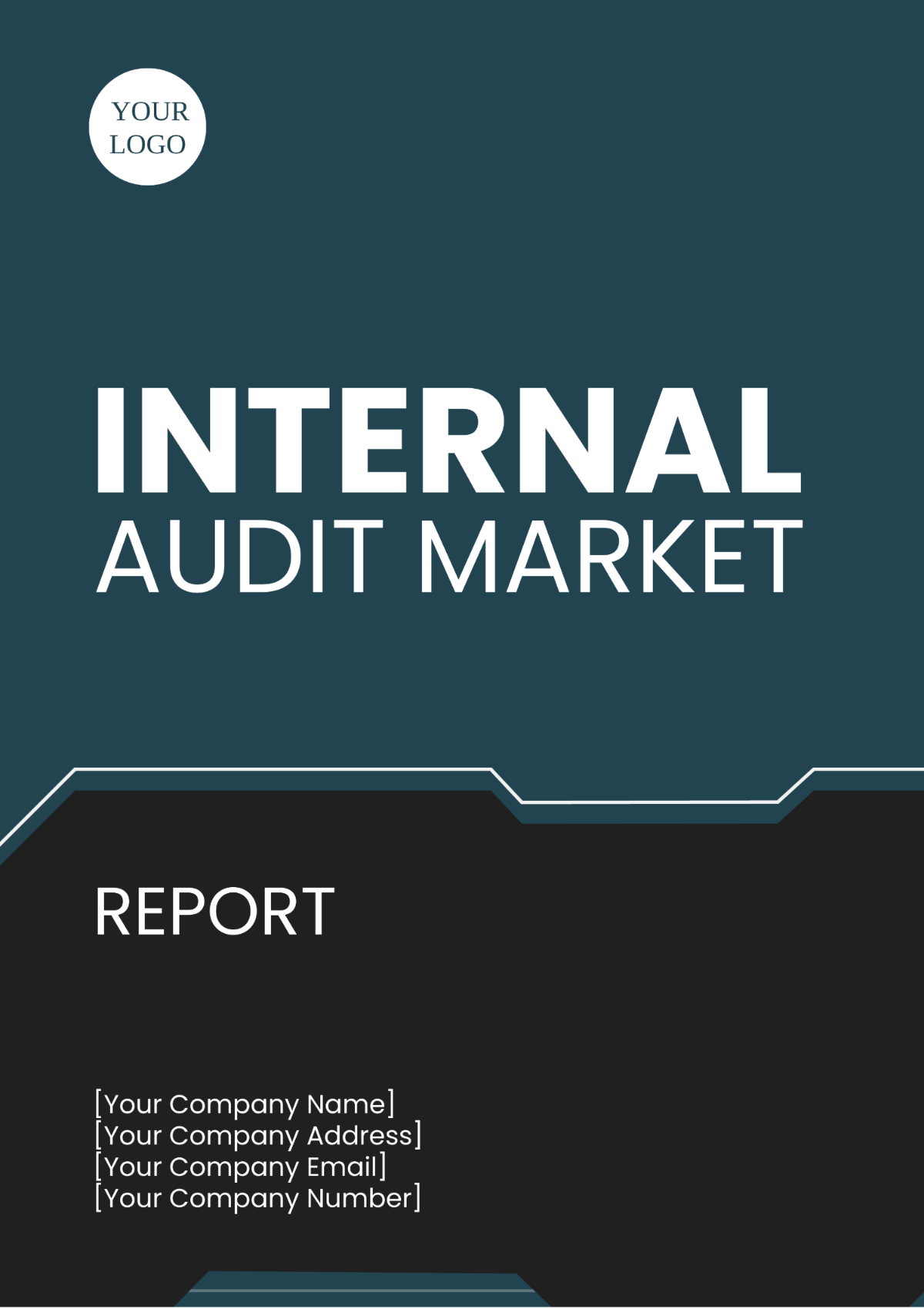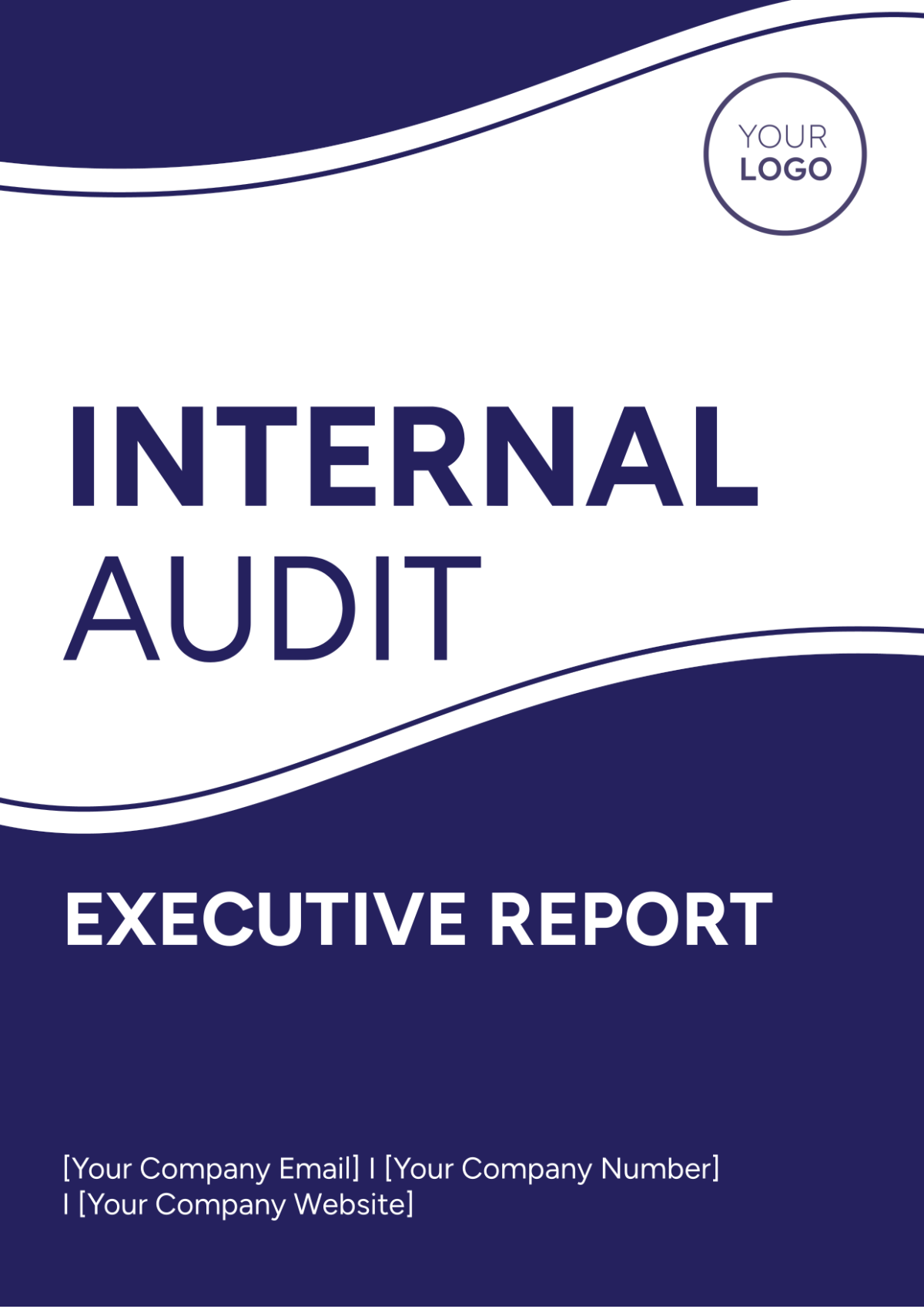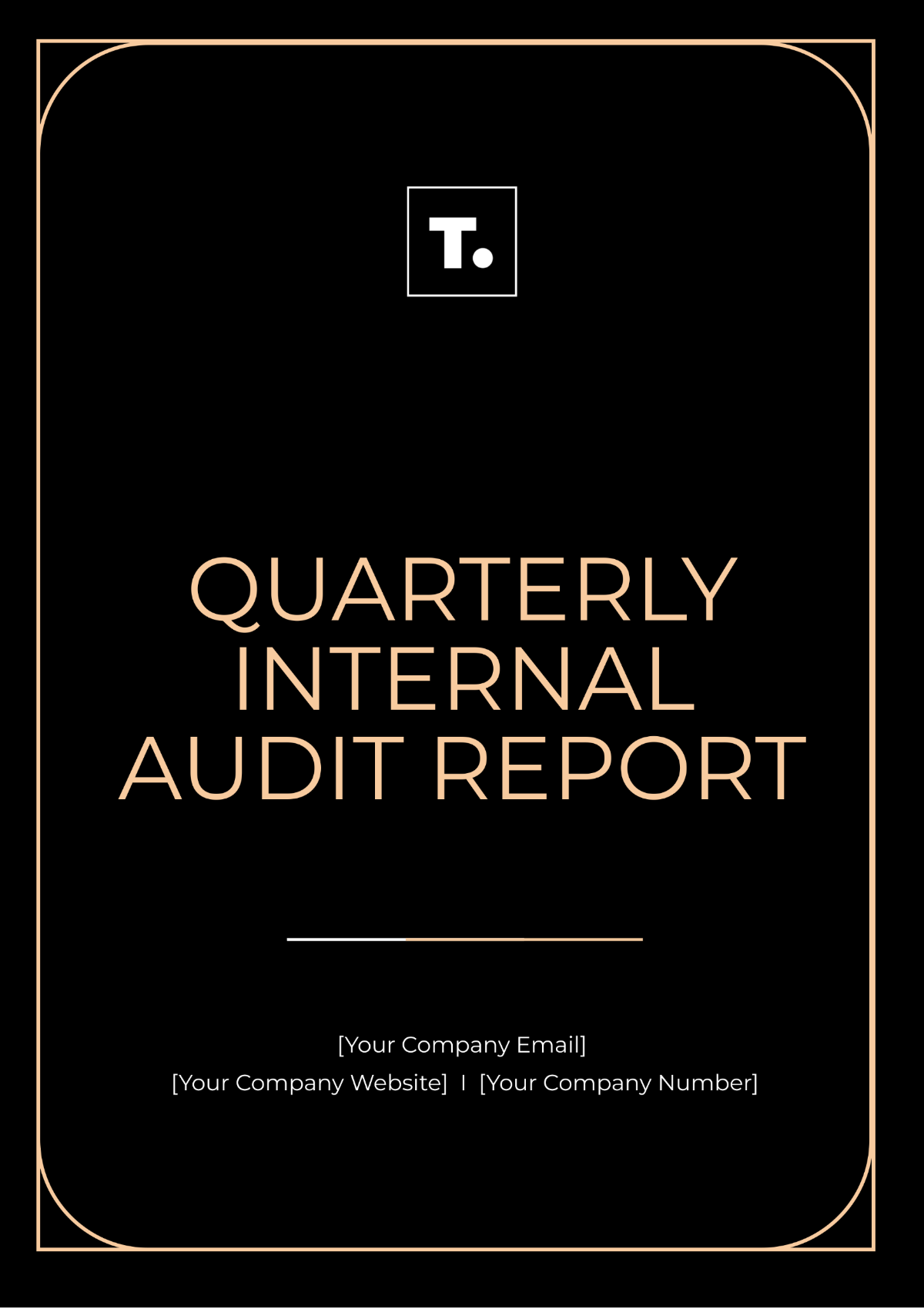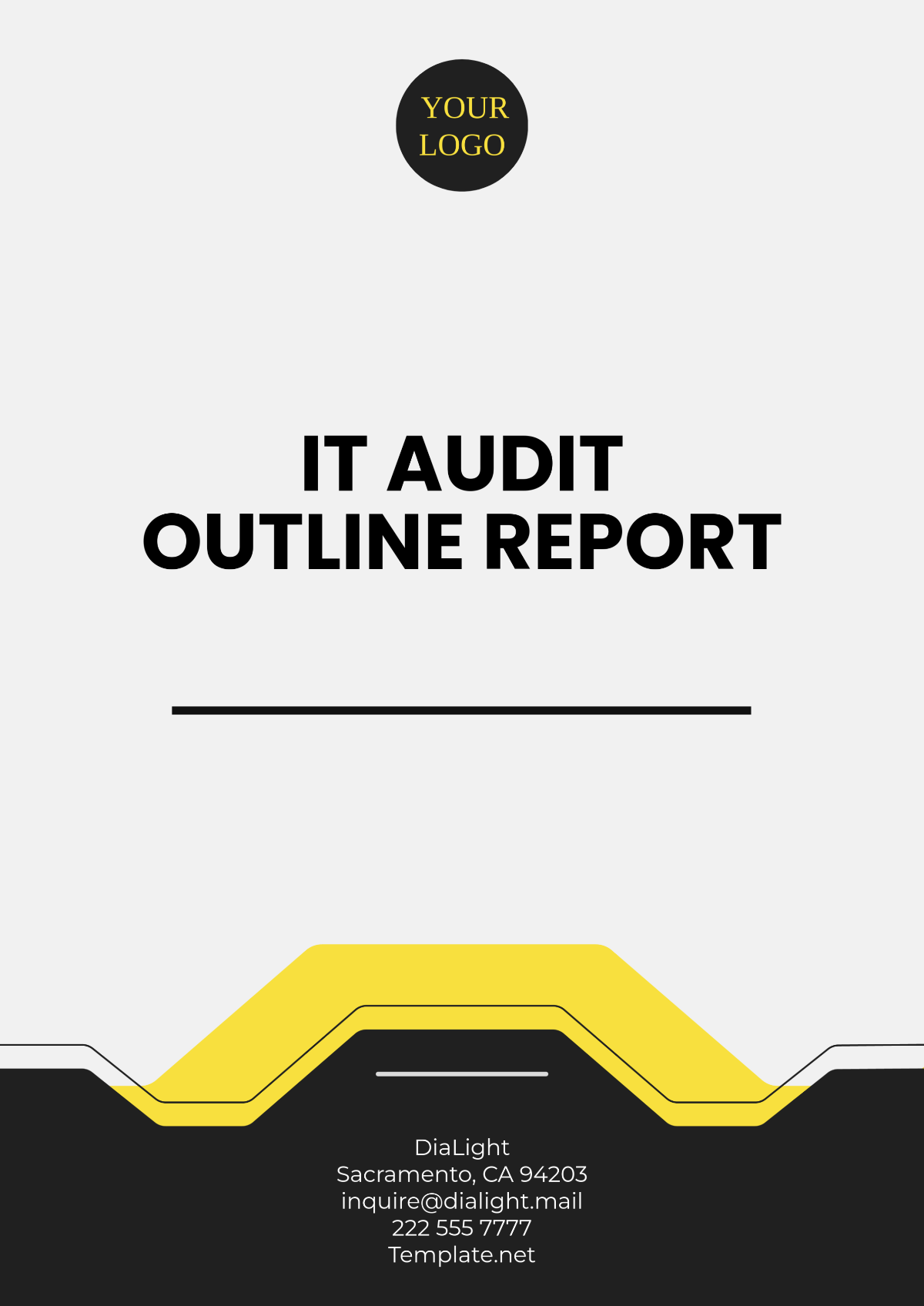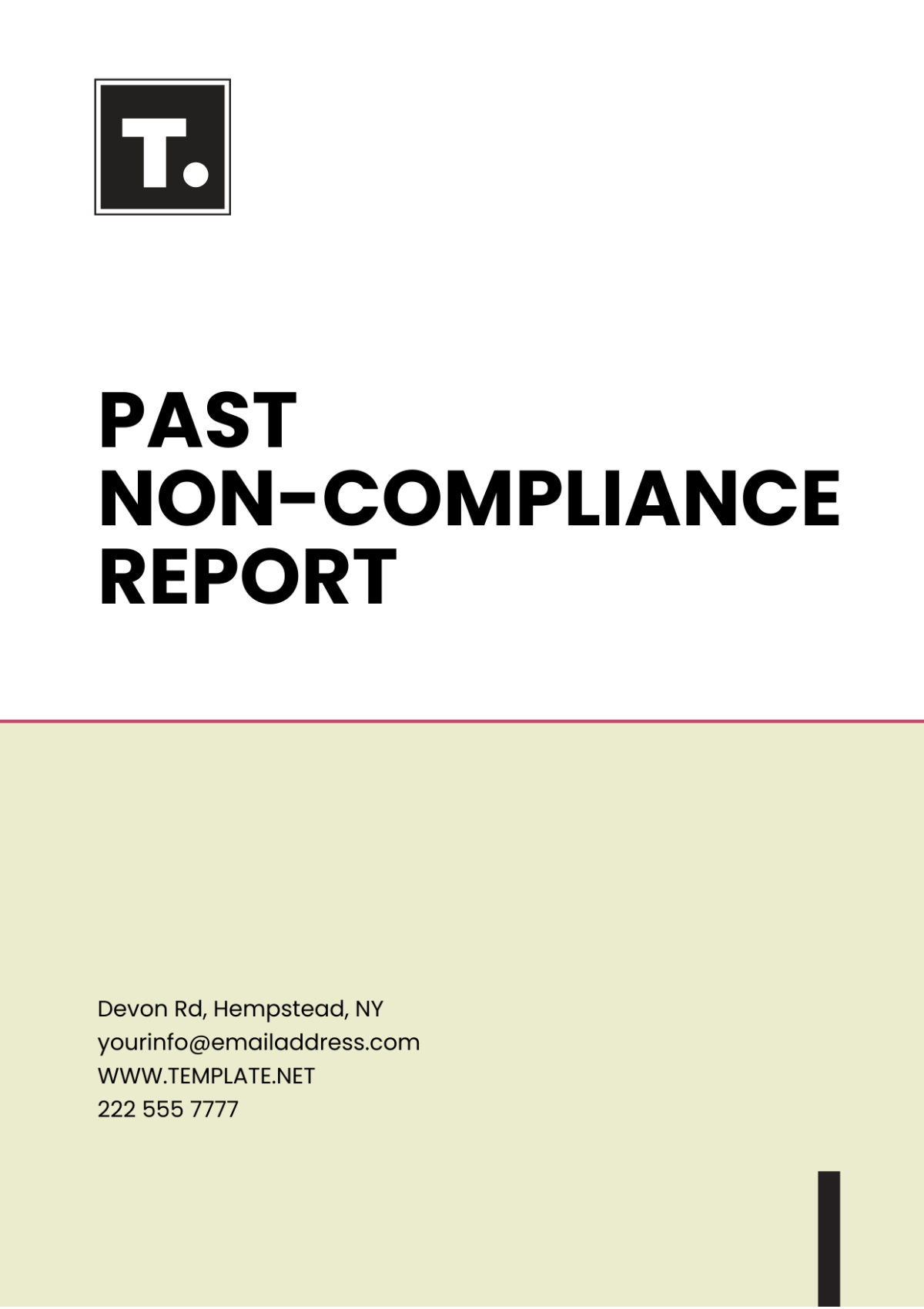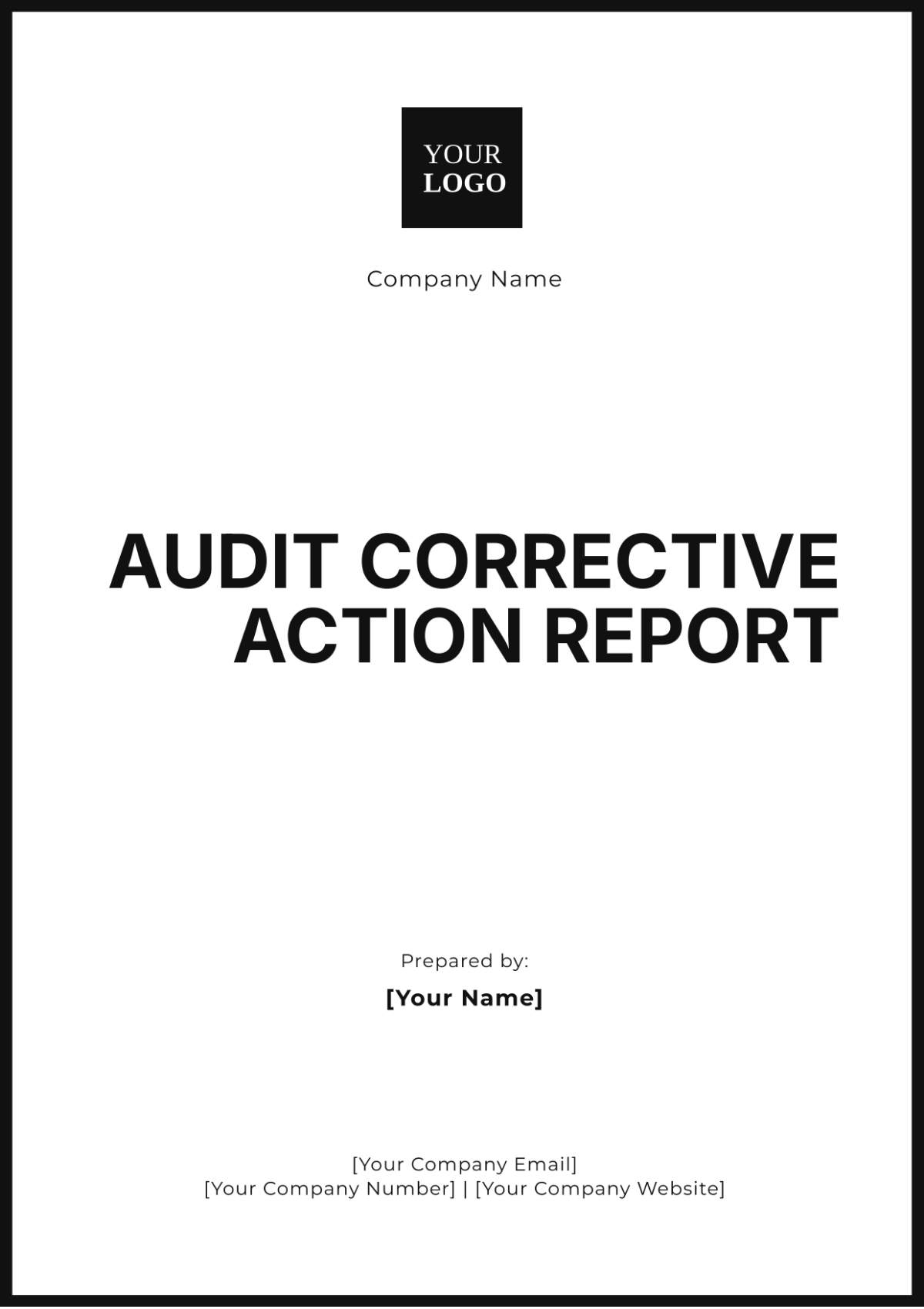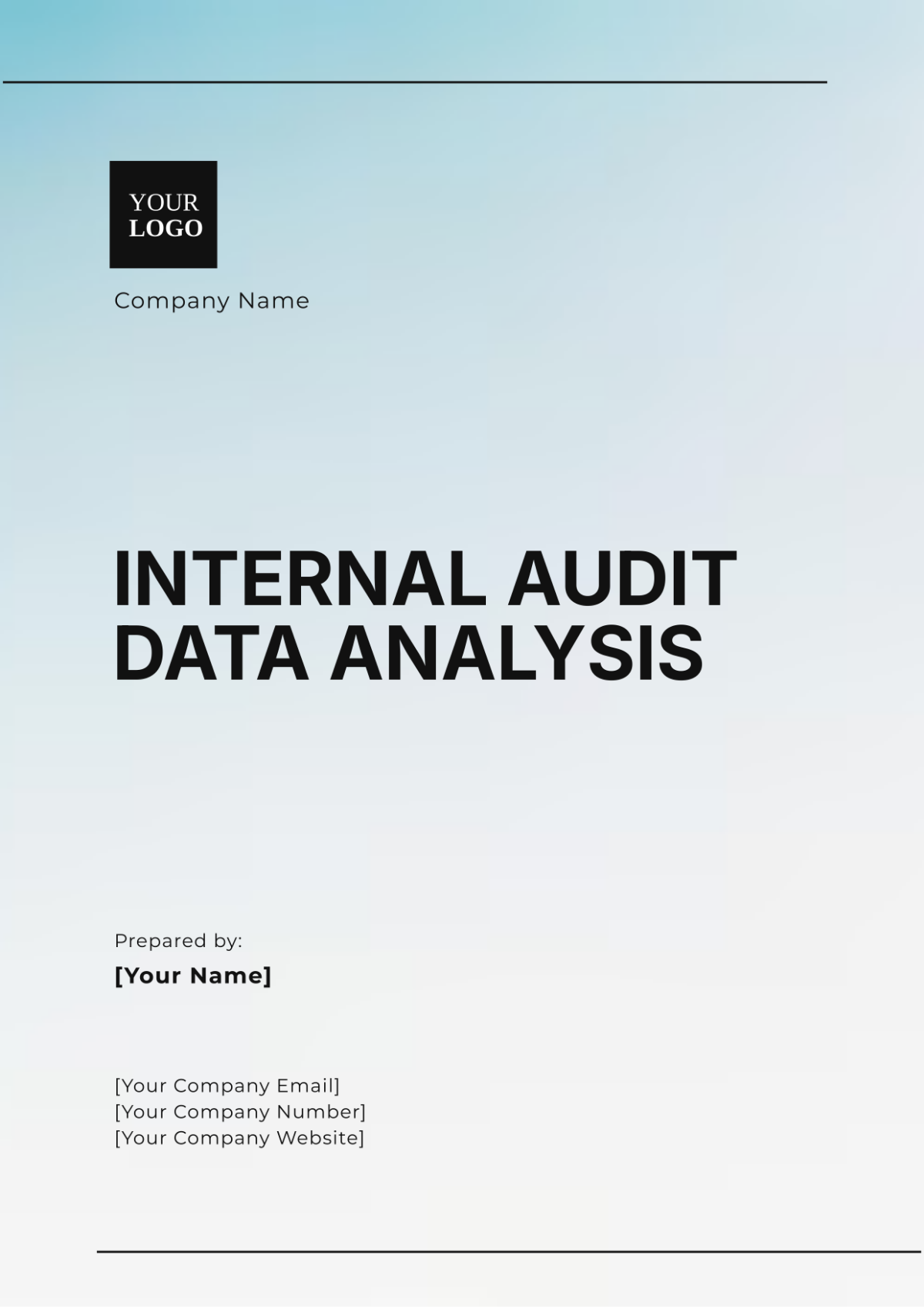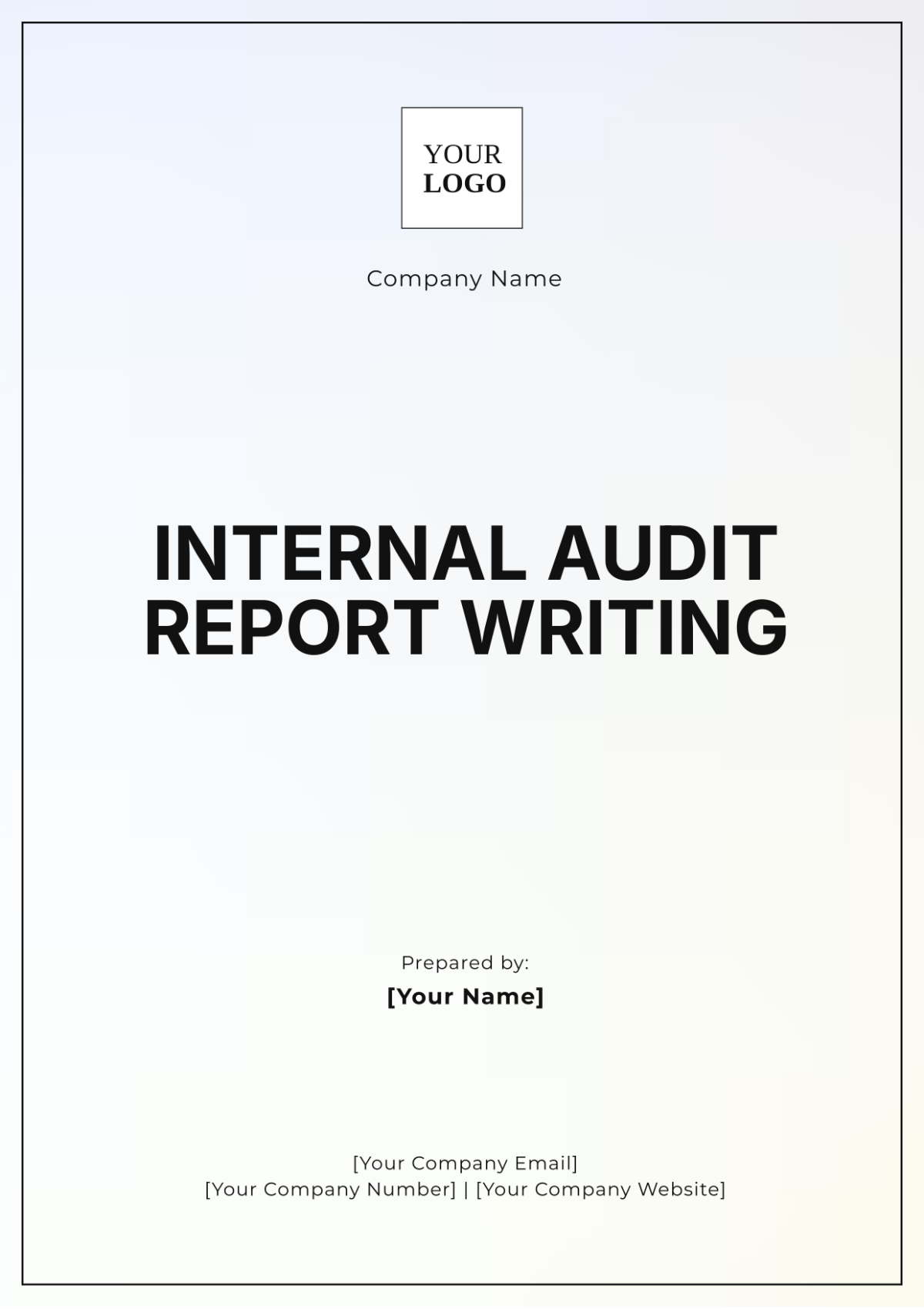Administration Internal Audit Report
Executive Summary:
The Administration Internal Audit Report provides an in-depth analysis of the administrative processes and procedures within [Your Company Name]. The audit aimed to evaluate the efficiency, effectiveness, and compliance of administrative operations with organizational policies, industry standards, and regulatory requirements. This report presents key findings, actionable recommendations, and a comprehensive action plan to enhance administrative performance, streamline processes, and mitigate risks.
I. Introduction
The administration department serves as the backbone of [Your Company Name], facilitating seamless operations across various functions and ensuring organizational effectiveness. As the custodian of administrative processes and procedures, this department plays a critical role in supporting the achievement of strategic objectives and maintaining compliance with regulatory requirements.
The primary objective of this internal audit is to assess the efficiency, effectiveness, and compliance of administrative operations within [Your Company Name]. By conducting a comprehensive review of administrative processes, the audit aims to identify strengths, weaknesses, and areas for improvement. This will enable [Your Company Name] to enhance operational efficiency, streamline workflows, and mitigate risks associated with administrative functions.
II. Scope of Audit
The audit focused on various administrative areas, including but not limited to:
Human resources management: Recruitment, training, performance evaluation, and employee relations.
Financial processes: Budgeting, expense management, revenue collection, and financial reporting.
Procurement: Vendor selection, contract management, purchasing procedures, and inventory control.
Compliance: Adherence to internal policies, industry regulations, data protection laws, and ethical standards.
III. Methodology
The audit methodology encompassed:
Review of administrative policies, procedures, and documentation.
Interviews with key personnel across different administrative functions.
Analysis of financial records, transactional data, and procurement documentation.
Evaluation of compliance with relevant laws, regulations, and industry best practices.
Assessment of internal controls and risk management processes.
IV. Findings
A. Human Resources Management:
Inadequate documentation of employee training records, leading to compliance risks and inefficiencies.
Lack of standardized procedures for performance evaluations, resulting in inconsistencies and potential biases.
B. Financial Processes:
Instances of unauthorized expenditure approvals, indicating weaknesses in financial controls and oversight.
Inconsistencies in expense reporting procedures, raising concerns about accuracy and transparency.
C. Procurement:
Failure to follow competitive bidding processes for vendor selection, exposing the company to risks of favoritism and non-compliance.
Insufficient documentation of contract agreements, compromising accountability and contract management.
D. Compliance:
Non-compliance with data protection regulations, posing reputational and legal risks to the organization.
Failure to update administrative policies in line with regulatory changes, leading to potential non-compliance and operational inefficiencies.
V. Recommendations
Based on the findings, the following recommendations are proposed:
Implement a centralized system for tracking employee training records to ensure compliance and facilitate monitoring.
Develop standardized procedures and assessment criteria for performance evaluations to promote fairness and objectivity.
Strengthen internal controls and approval processes to prevent unauthorized expenditures and enhance financial oversight.
Enhance procurement procedures and documentation standards to ensure transparency, fairness, and compliance with regulations.
Establish a process for regular review and update of administrative policies to align with regulatory changes and organizational needs.
VI. Action Plan
The action plan outlines the steps and timelines for implementing the recommendations outlined in this report. Each recommendation is accompanied by specific tasks, responsible parties, deadlines, and resource requirements to facilitate effective execution. Additionally, milestones are established to monitor progress and evaluate outcomes throughout the implementation process.
A. Centralized Training Record Management System:
Task: Develop and implement a centralized system for tracking employee training records.
Responsible Party: Human Resources Department (HRD)
Timeline: Within 6 months from the date of this report.
Resources Required: IT support, software development resources.
Milestones:
Month 1-2: Research and select appropriate software solution.
Month 3-4: Customize software to meet organizational needs.
Month 5-6: Conduct user training and launch system.
B. Standardized Performance Evaluation Procedures:
Task: Develop standardized procedures and assessment criteria for performance evaluations.
Responsible Party: HRD in collaboration with Department Managers
Timeline: Within 3 months from the date of this report.
Resources Required: HR expertise, consultation with department heads.
Milestones:
Month 1: Review existing evaluation processes and best practices.
Month 2: Draft standardized procedures and criteria.
Month 3: Conduct training for managers and implement new procedures.
C. Strengthened Internal Controls for Financial Processes:
Task: Enhance internal controls to prevent unauthorized expenditure approvals and improve financial oversight.
Responsible Party: Finance Department in collaboration with Internal Audit
Timeline: Ongoing, with initial improvements within 3 months.
Resources Required: Internal audit expertise, collaboration with IT for system enhancements.
Milestones:
Month 1: Conduct review of current internal controls and identify weaknesses.
Month 2: Develop and implement enhanced control procedures.
Month 3 onwards: Monitor and evaluate effectiveness of controls, make adjustments as needed.
D. Enhanced Procurement Procedures:
Task: Strengthen procurement procedures to ensure compliance with competitive bidding requirements.
Responsible Party: Procurement Department
Timeline: Within 4 months from the date of this report.
Resources Required: Legal expertise, procurement software or tools.
Milestones:
Month 1-2: Review and revise procurement policies and procedures.
Month 3: Provide training to procurement staff on revised procedures.
Month 4: Implement revised procedures and monitor compliance.
E. Regular Review and Update of Administrative Policies:
Task: Establish a process for regular review and update of administrative policies.
Responsible Party: Administration Department in collaboration with Legal Department
Timeline: Ongoing, with initial review within 3 months.
Resources Required: Legal expertise, administrative support.
Milestones:
Month 1: Conduct initial review of existing policies and identify areas for update.
Month 2: Draft revised policies in accordance with regulatory changes.
Month 3 onwards: Implement updated policies and establish schedule for regular reviews.
VII. Conclusion
The Administration Internal Audit Report underscores the importance of addressing identified weaknesses and enhancing administrative practices to strengthen [Your Company Name]'s operational resilience, compliance, and overall performance. By embracing the recommendations outlined in this report and committing to continuous improvement, [Your Company Name] can optimize its administrative functions and support its strategic objectives.
Distribution
This report is intended for distribution to relevant stakeholders within [Your Company Name], including executive management, department heads, internal audit committee members, and any other individuals or teams involved in administrative oversight or implementation of corrective actions.
Confidentiality Notice
This report contains confidential information and is intended solely for the use of authorized recipients within [Your Company Name]. Unauthorized disclosure, distribution, or copying of this report is strictly prohibited and may result in disciplinary action.
